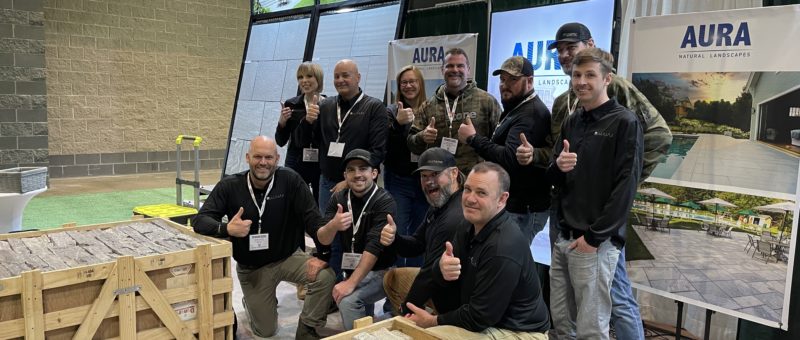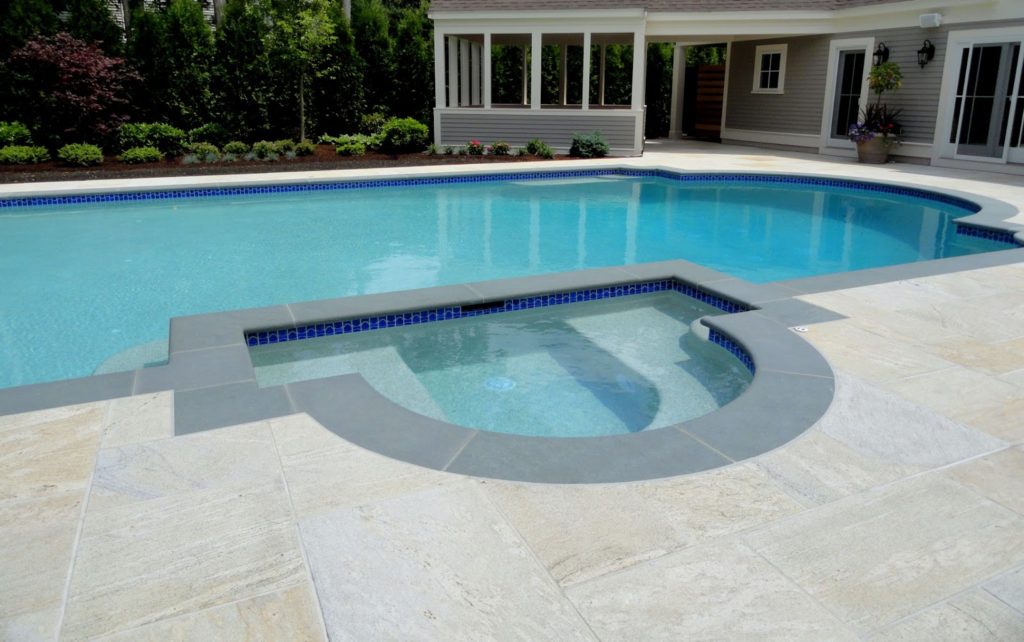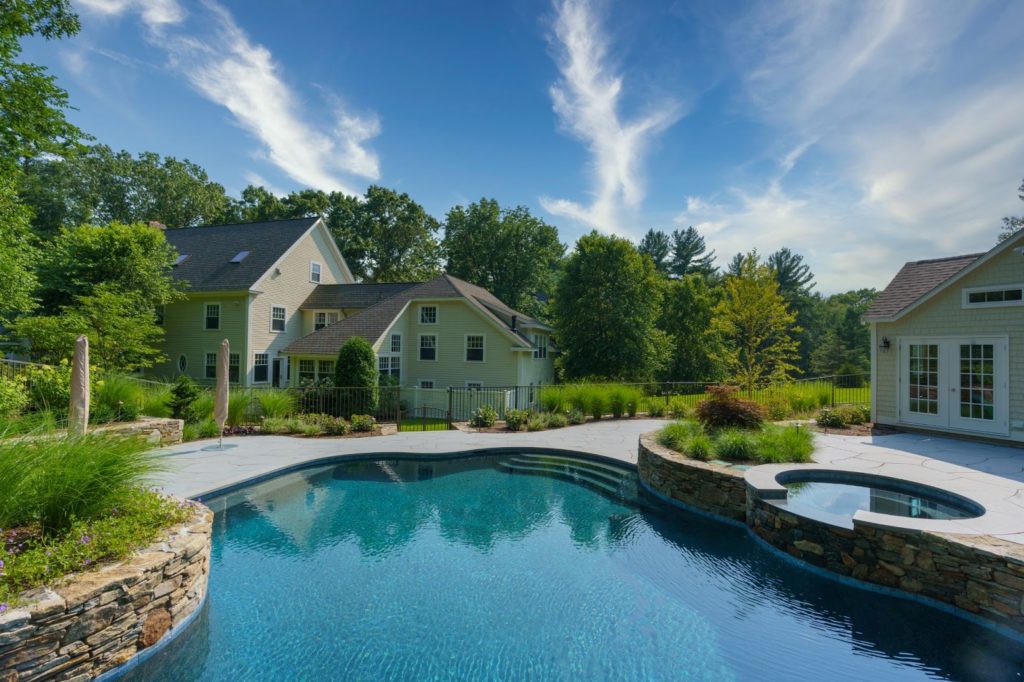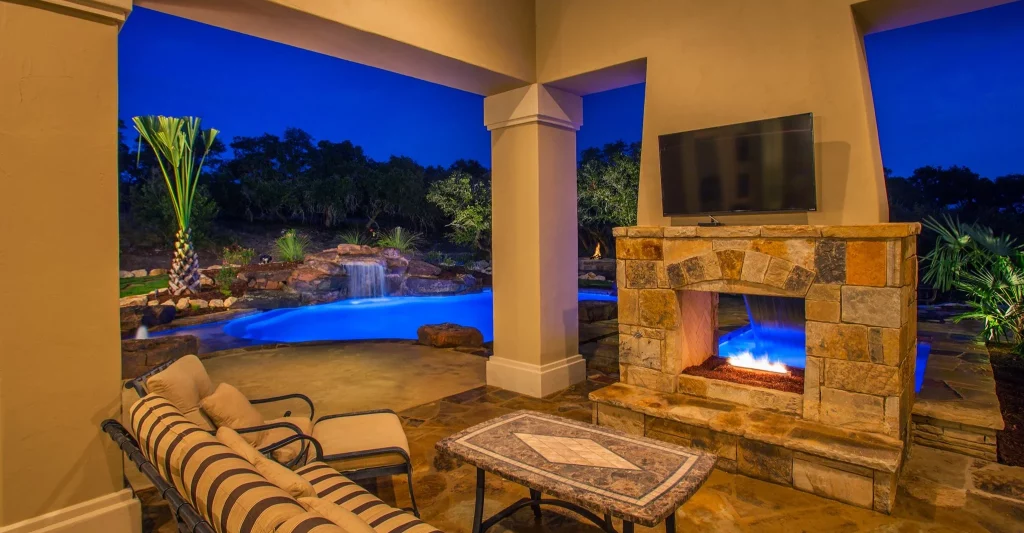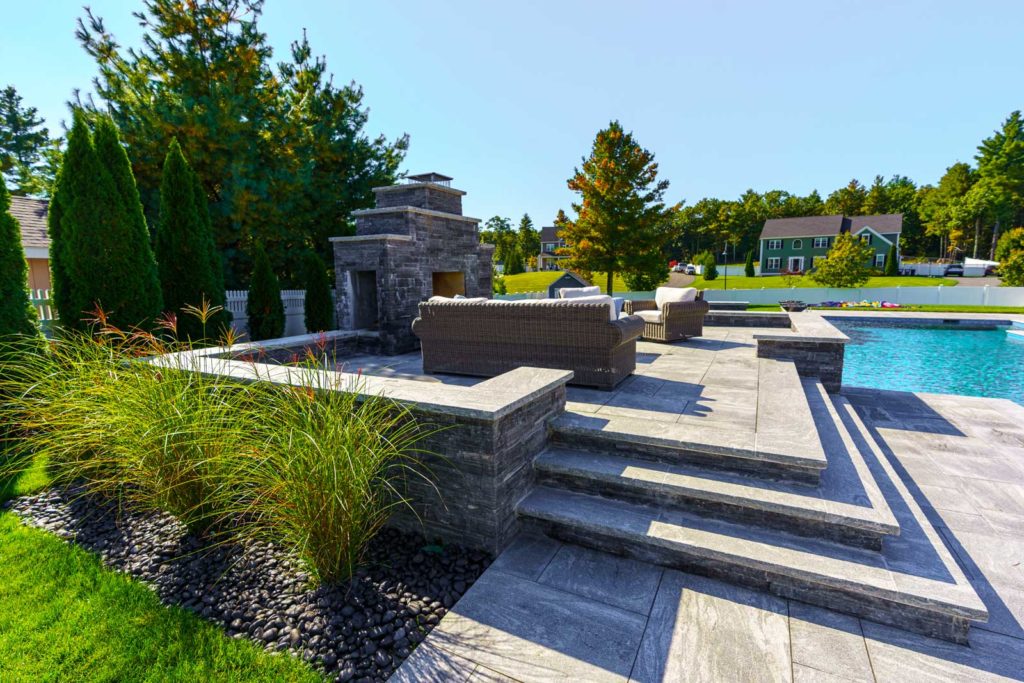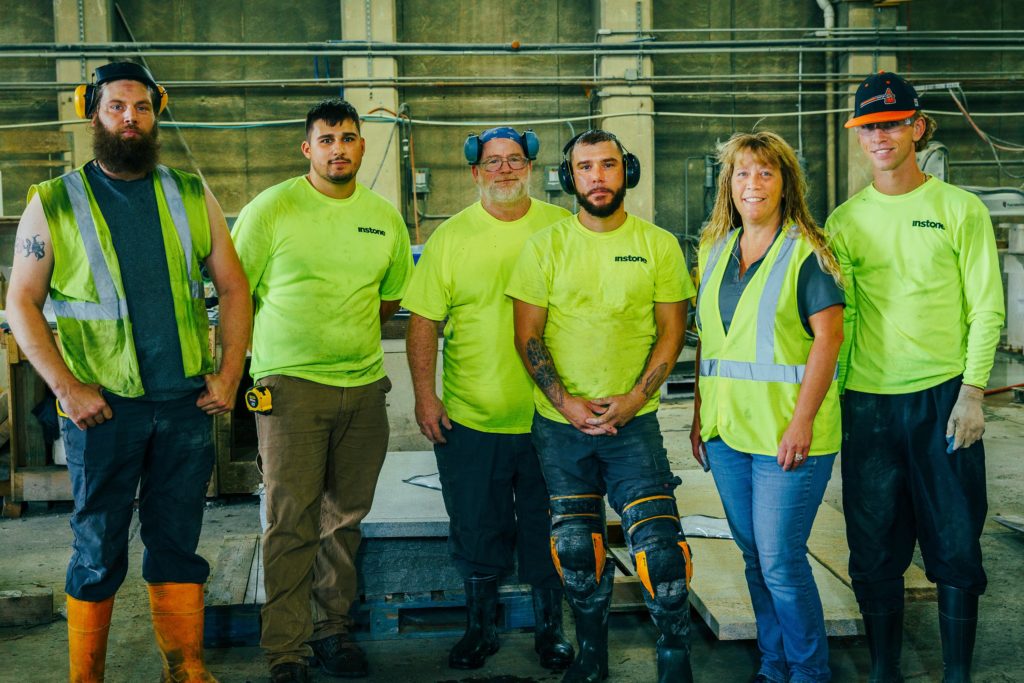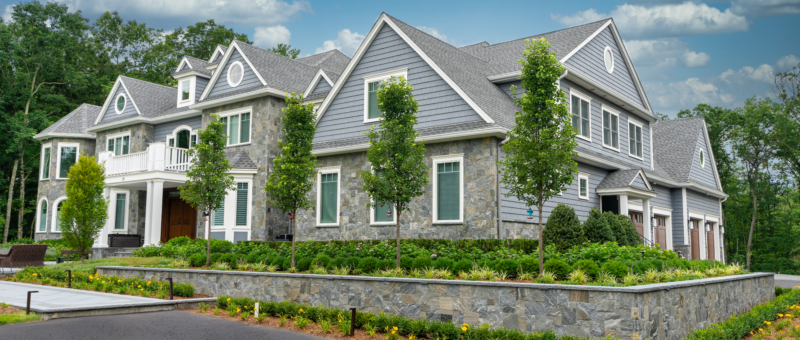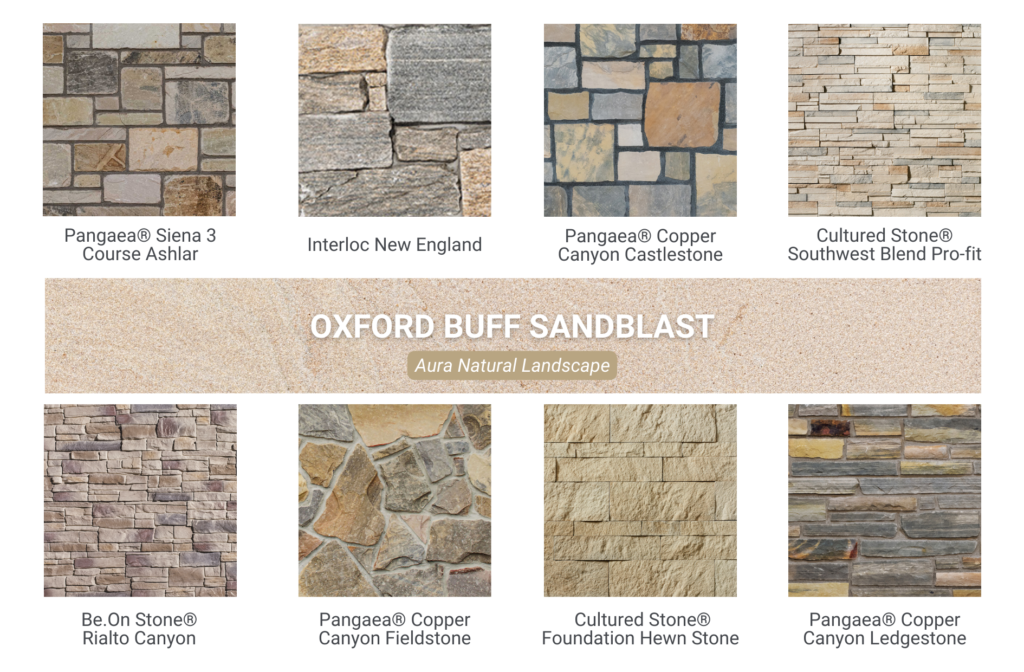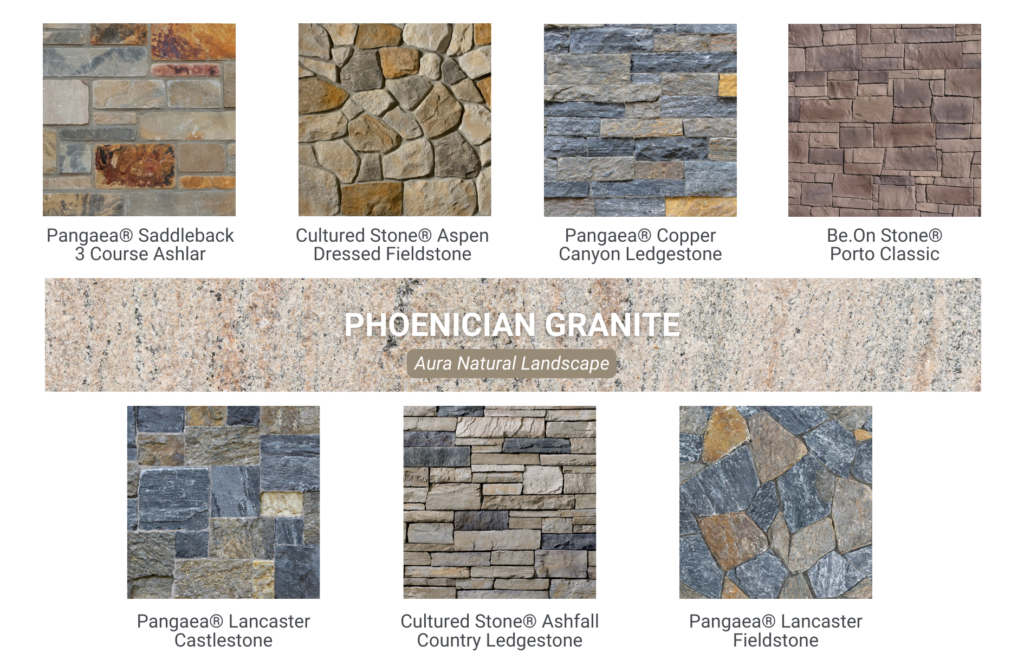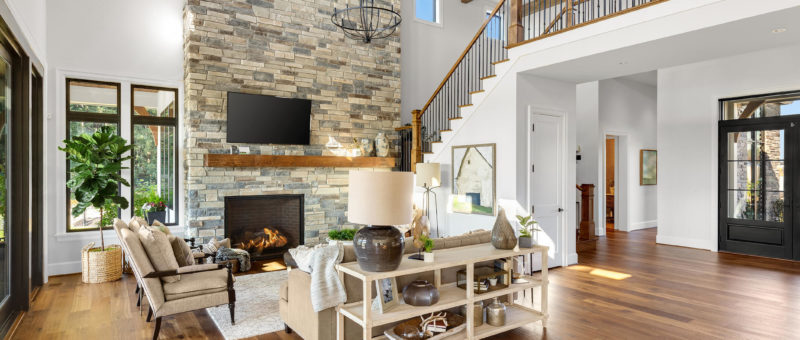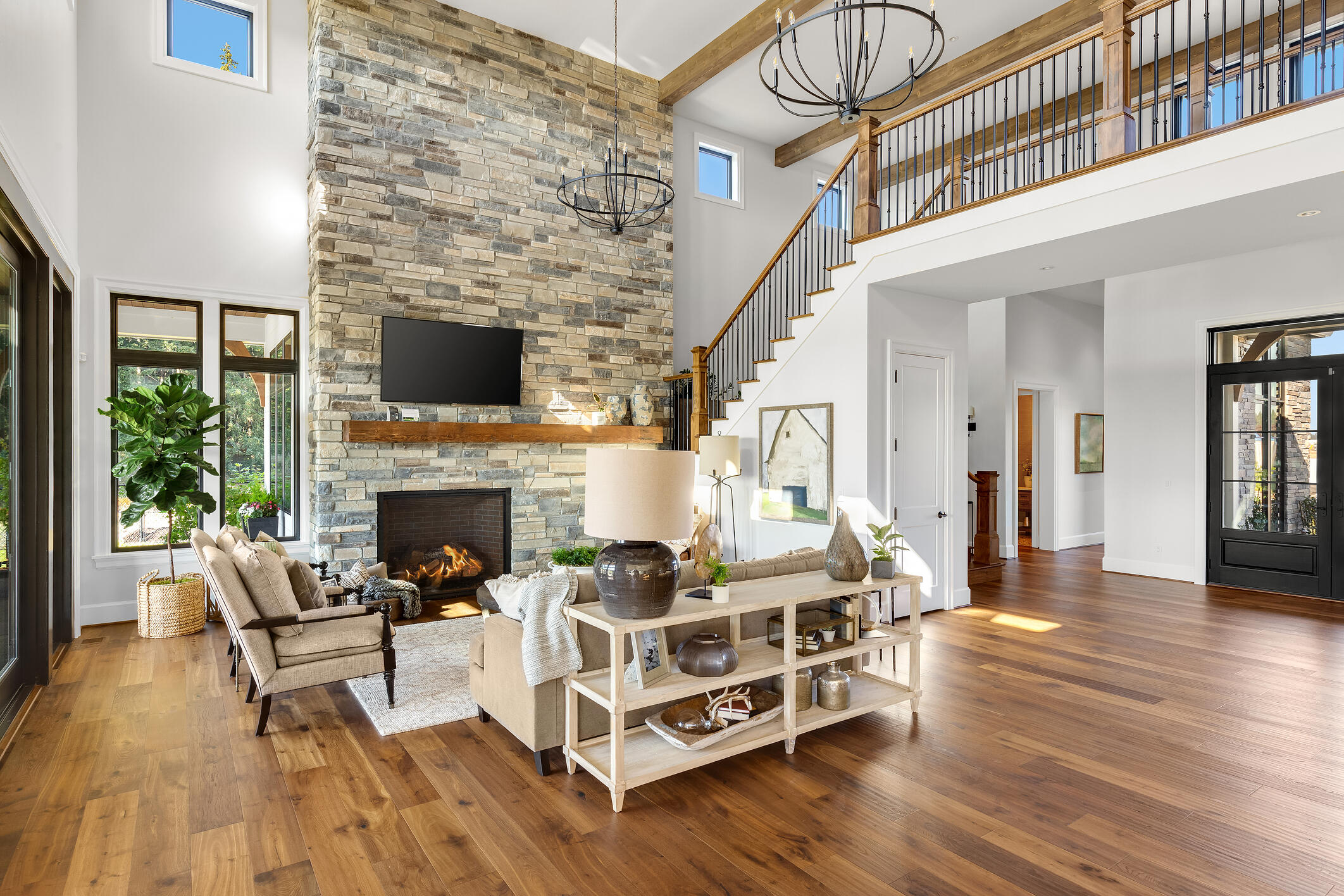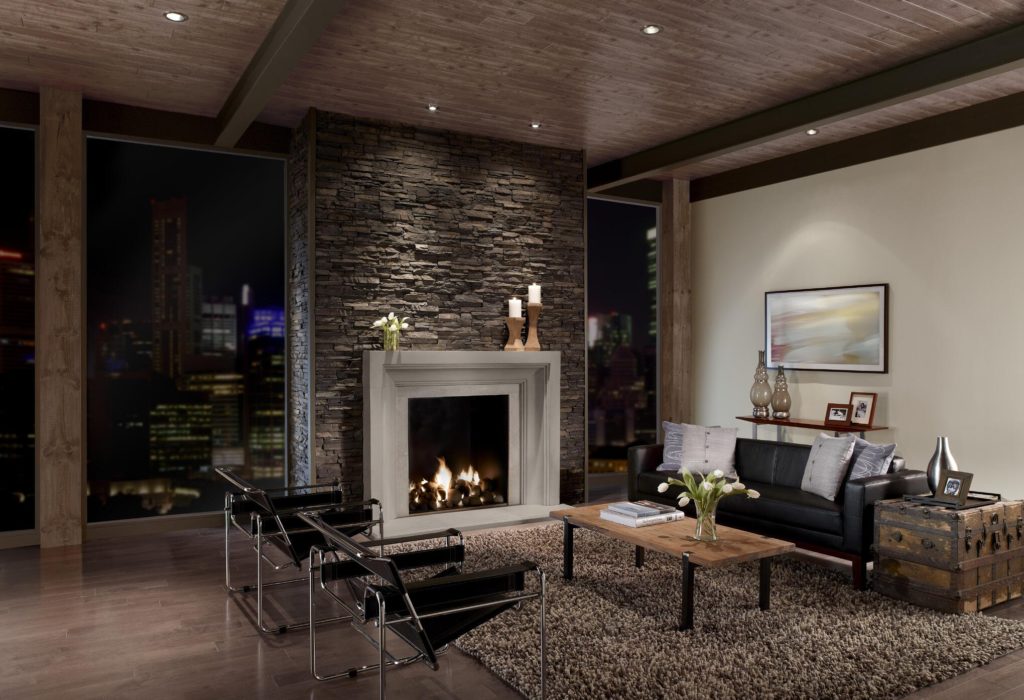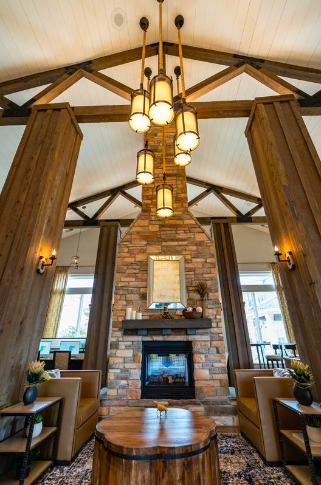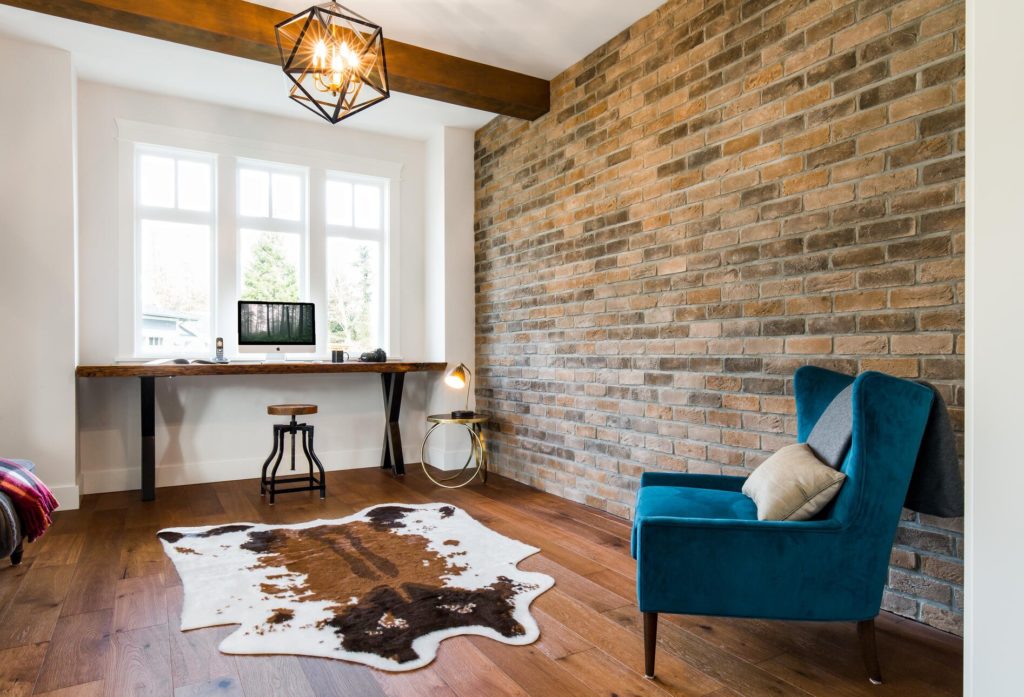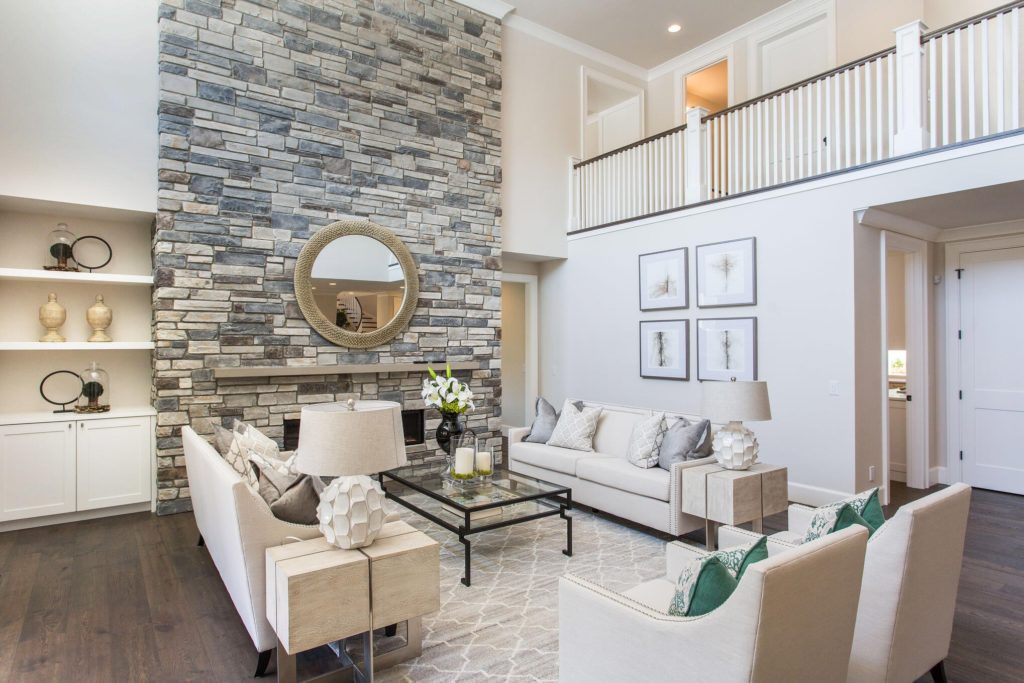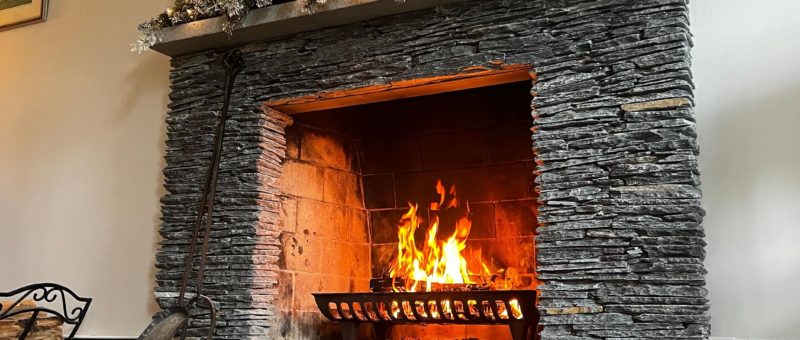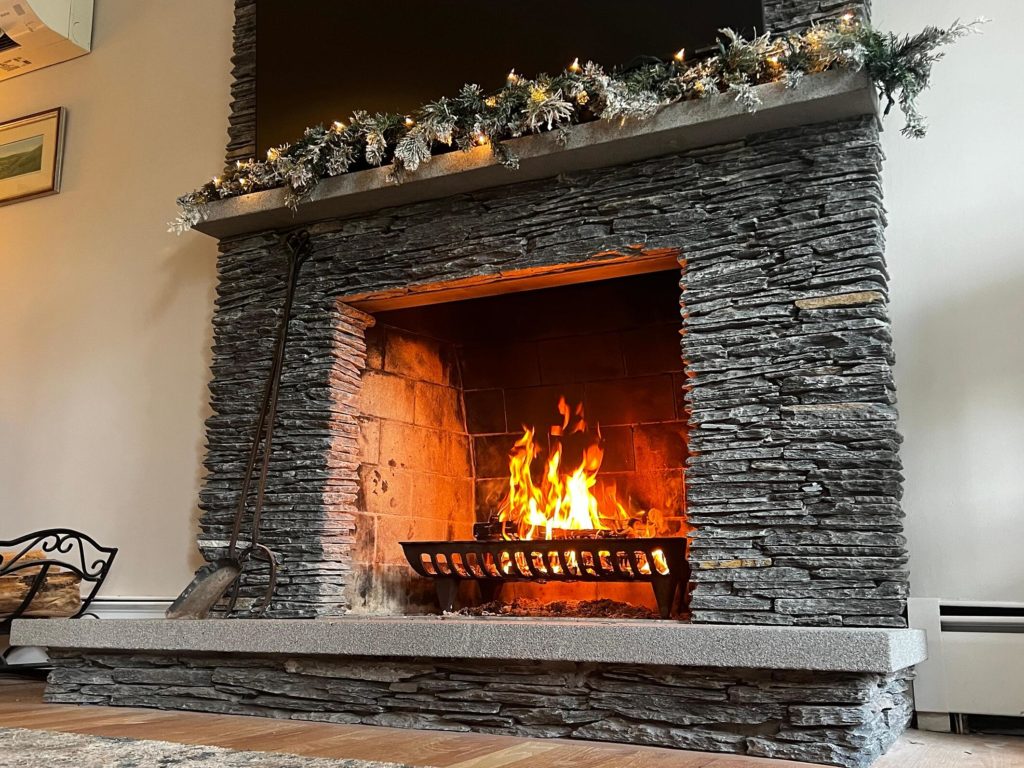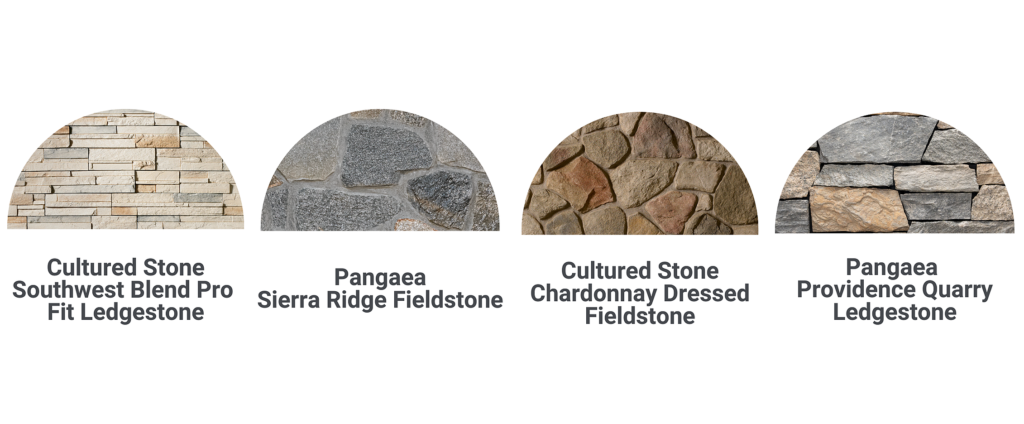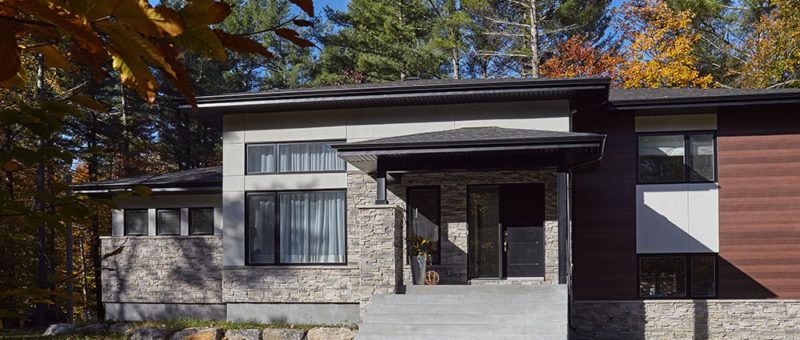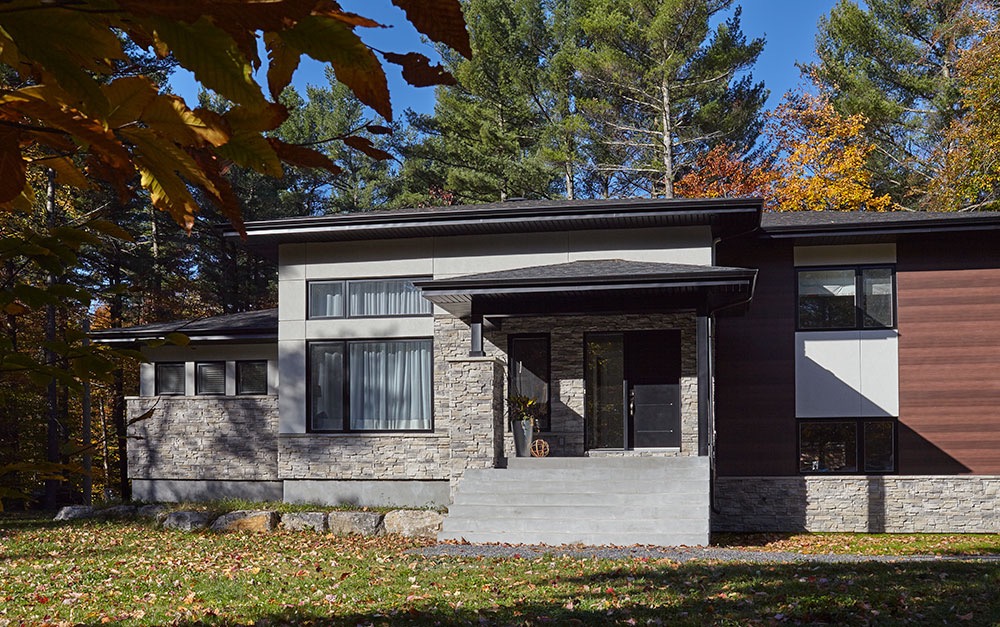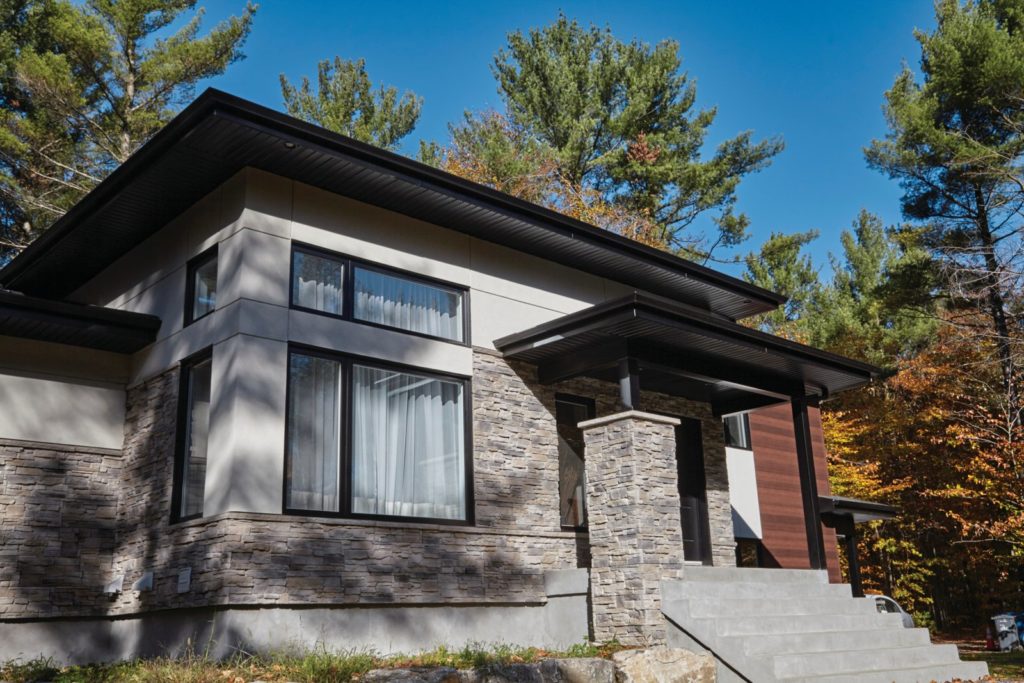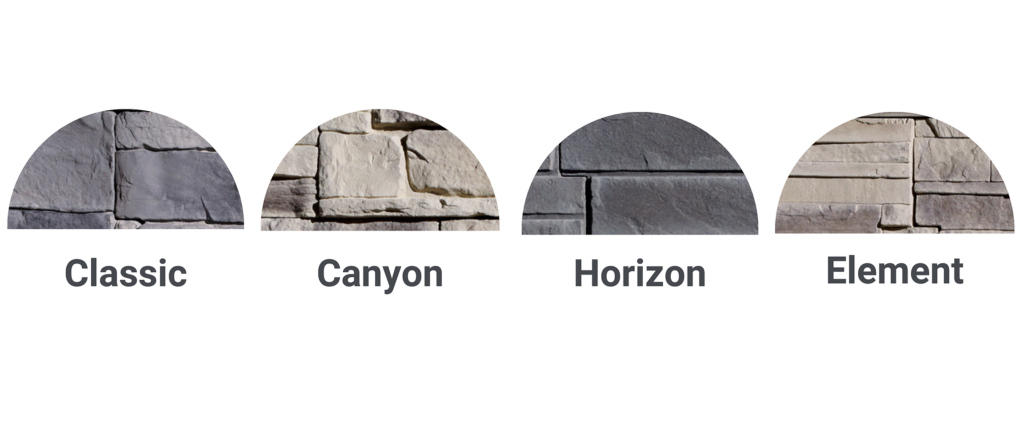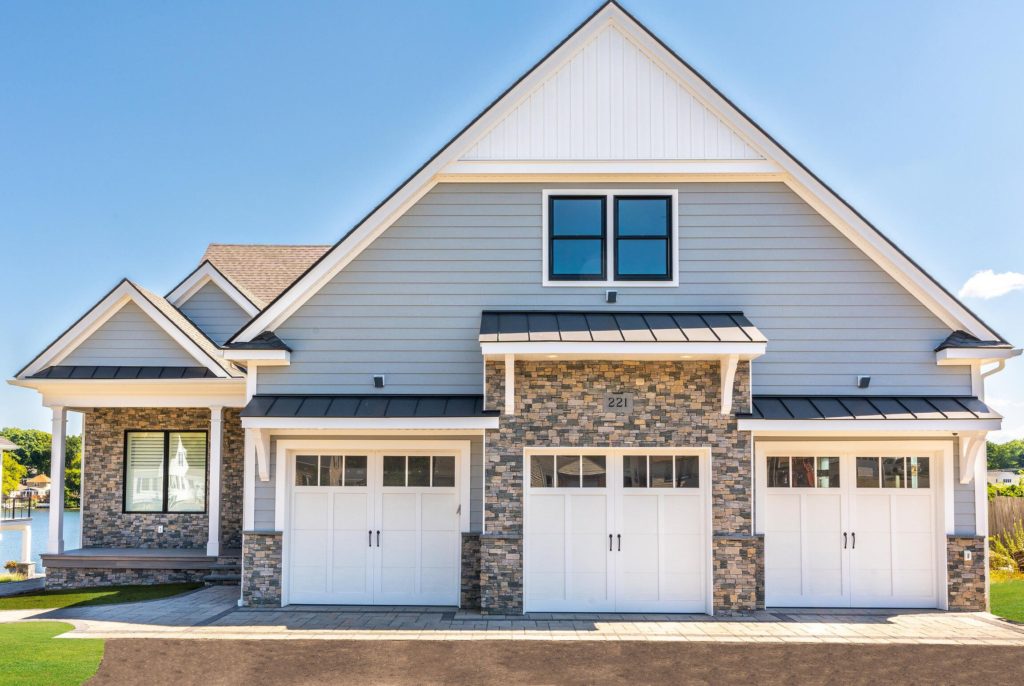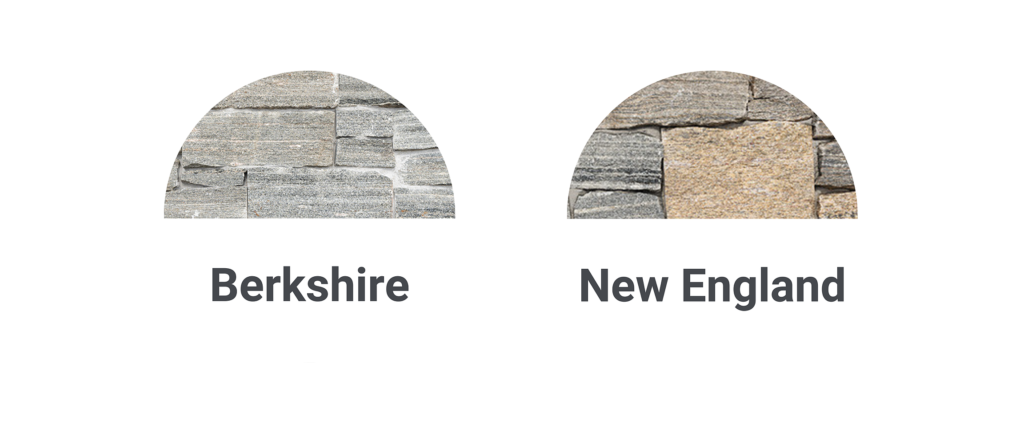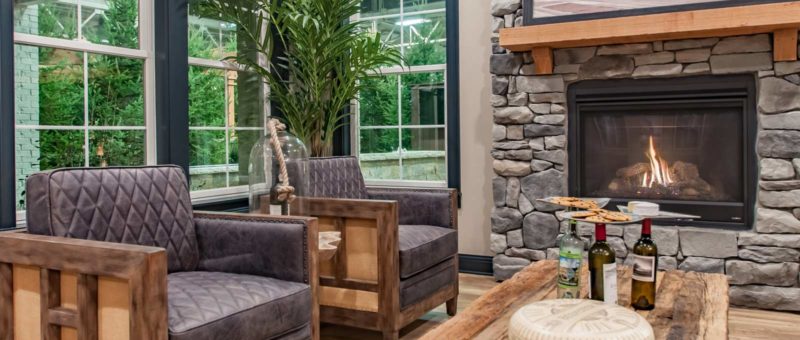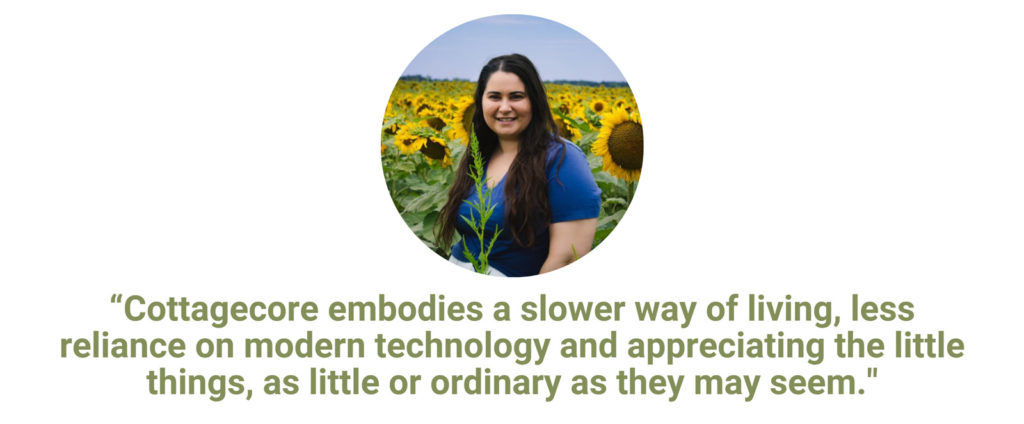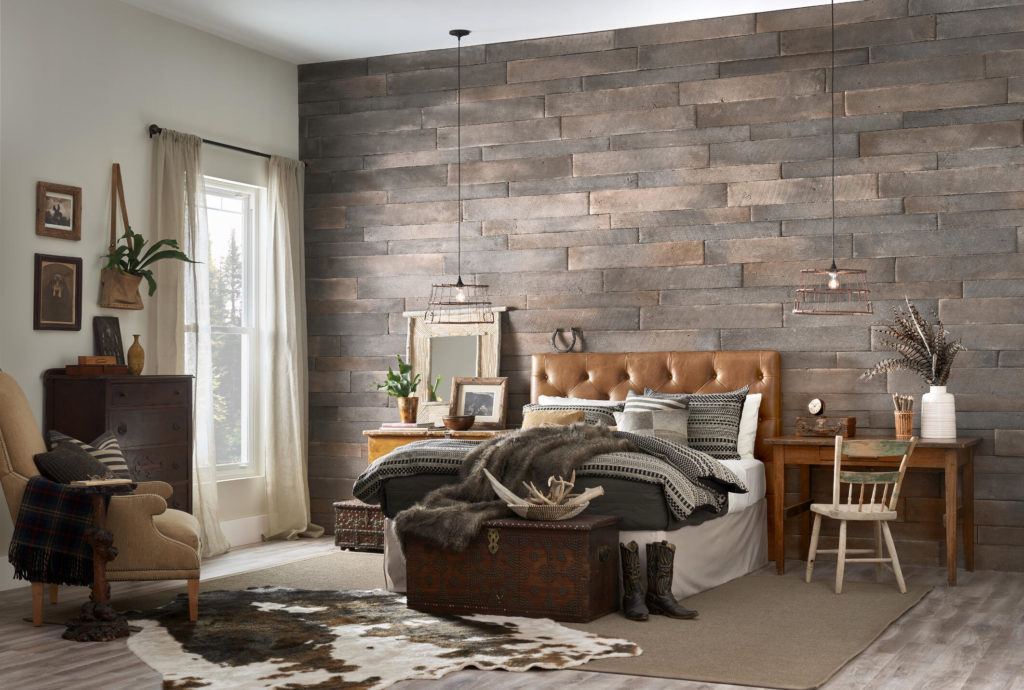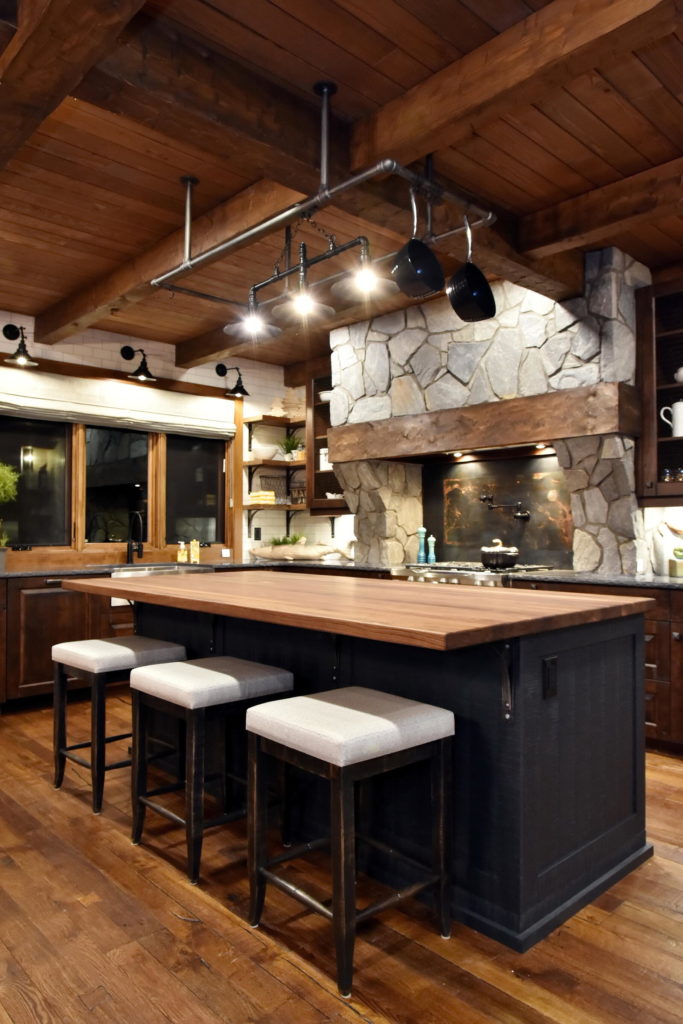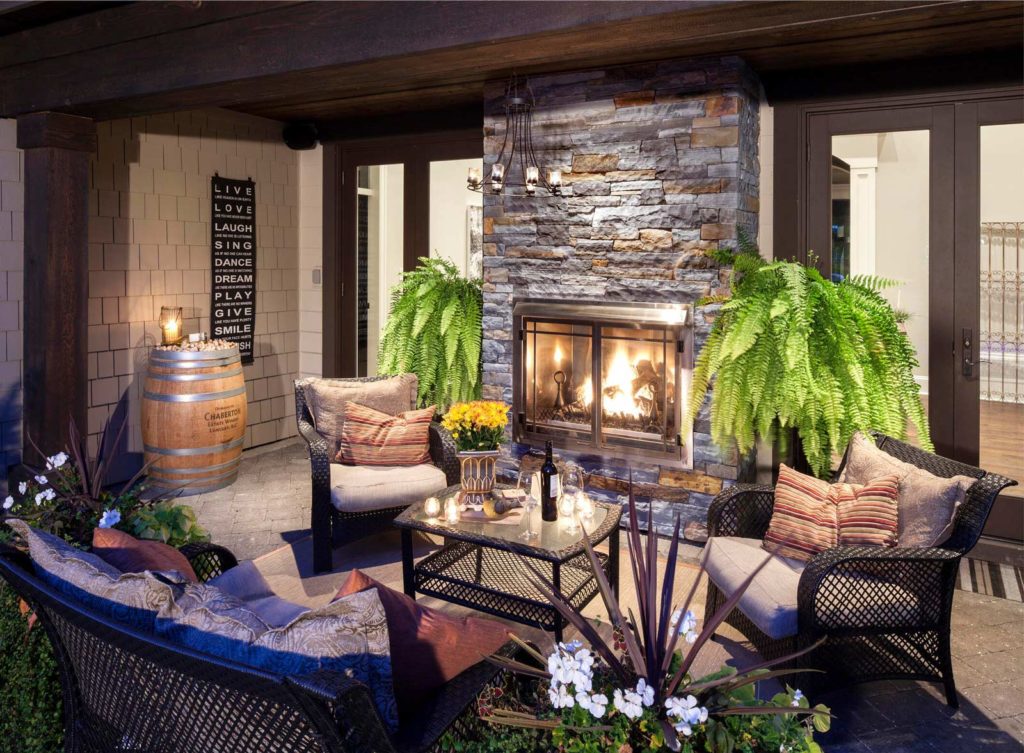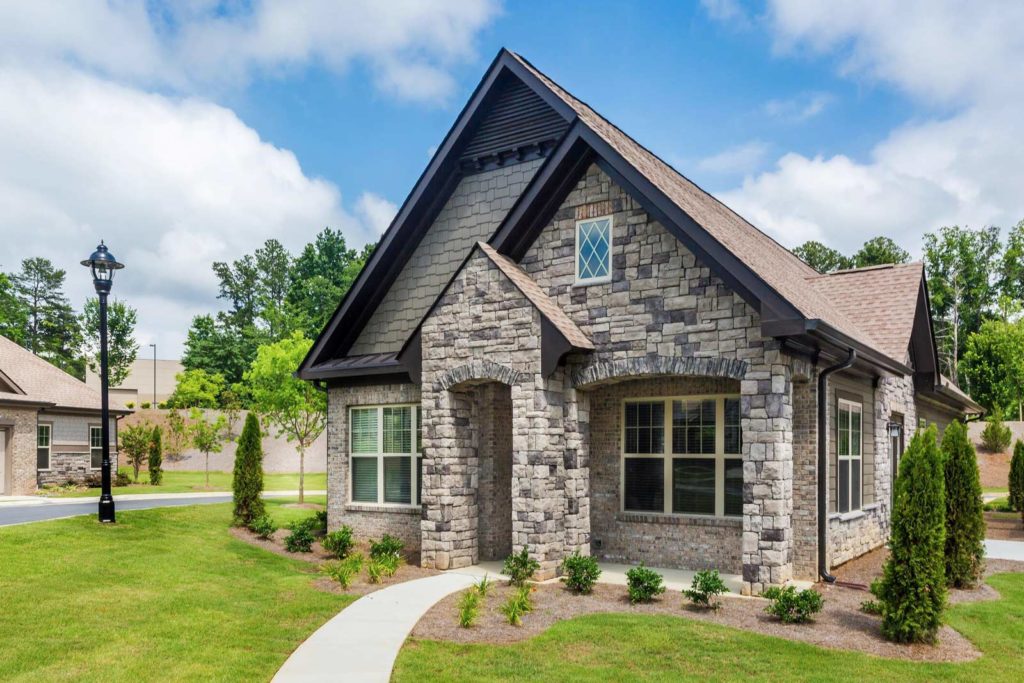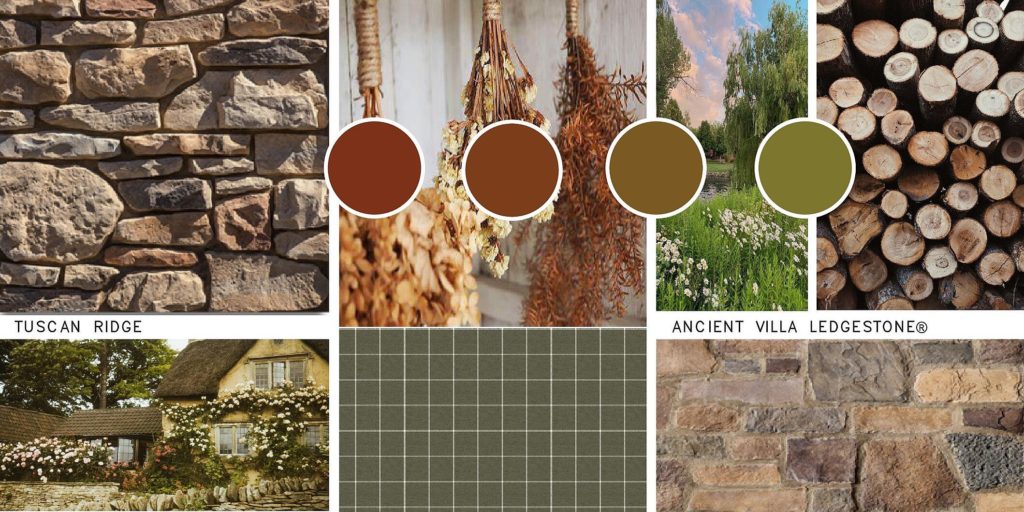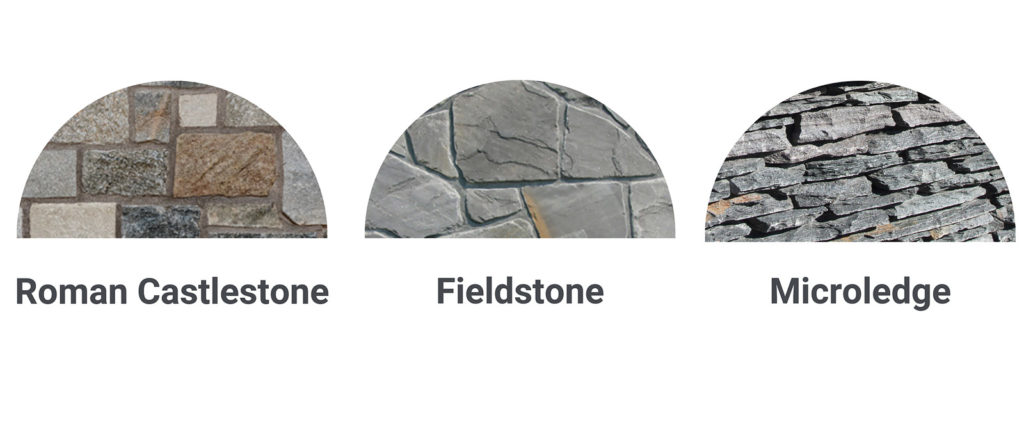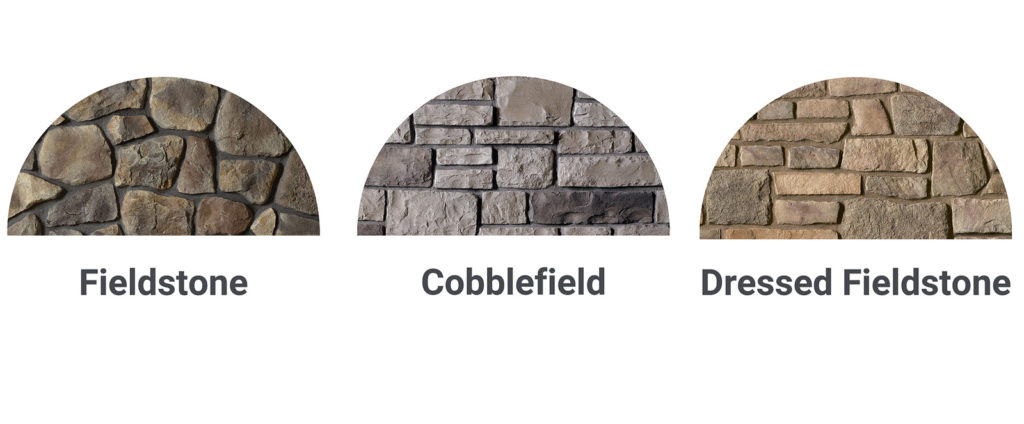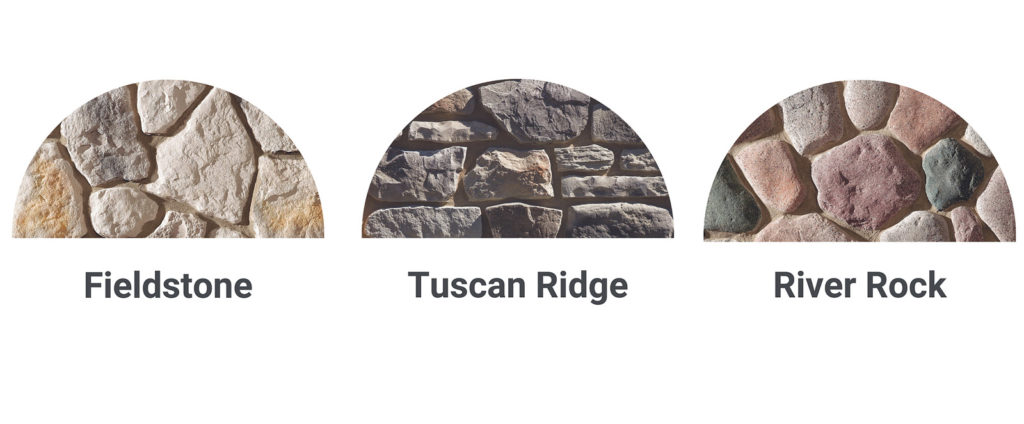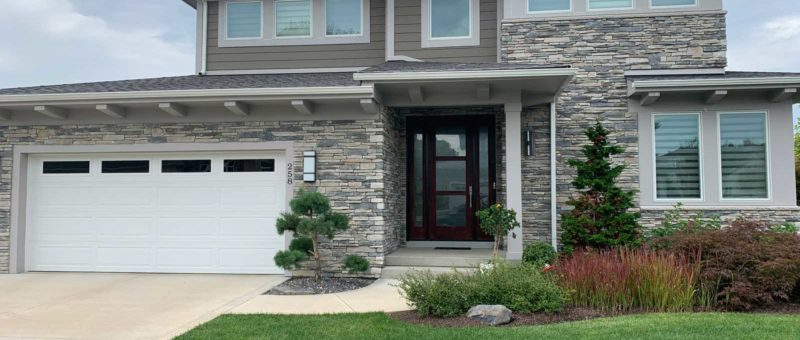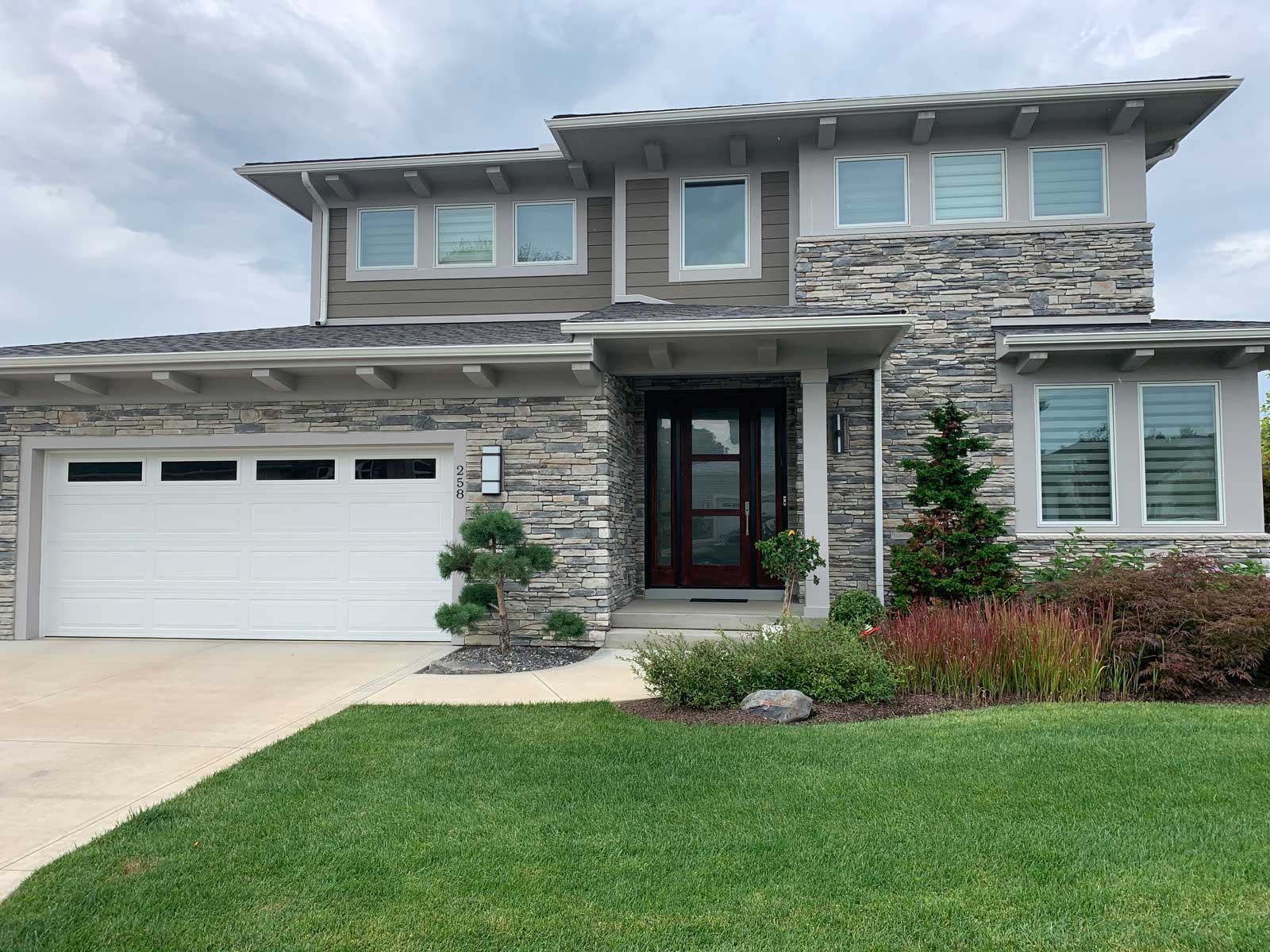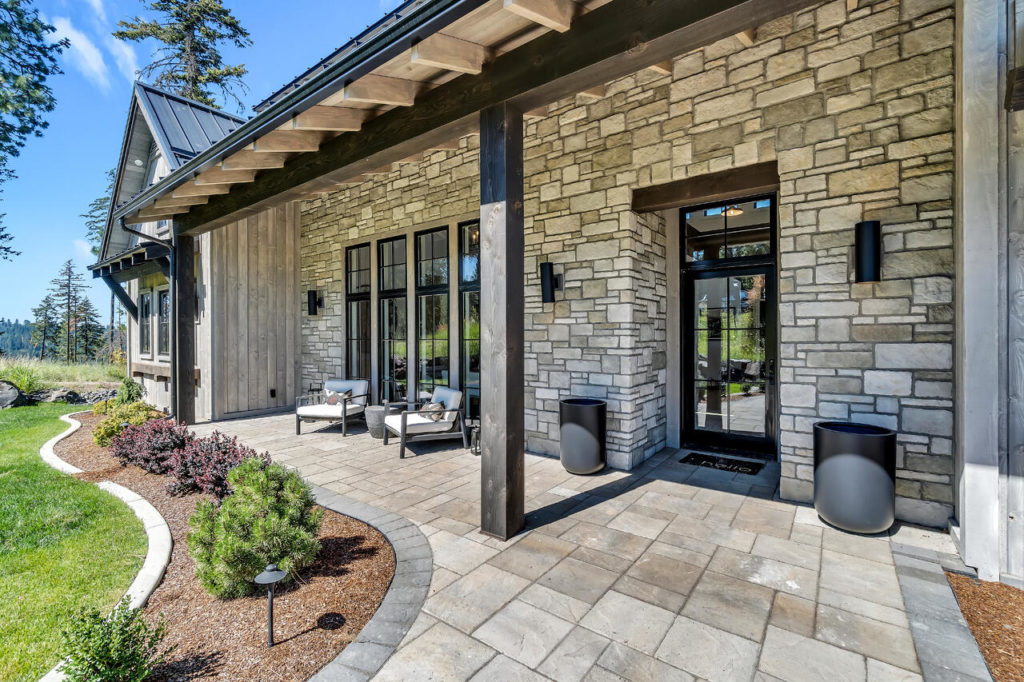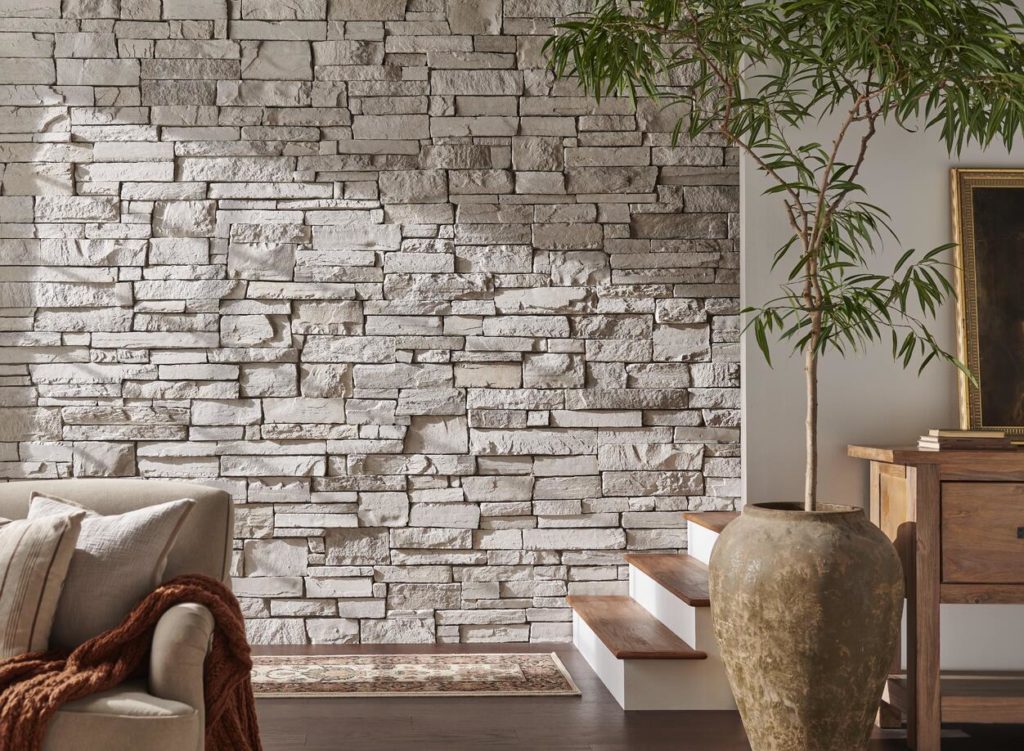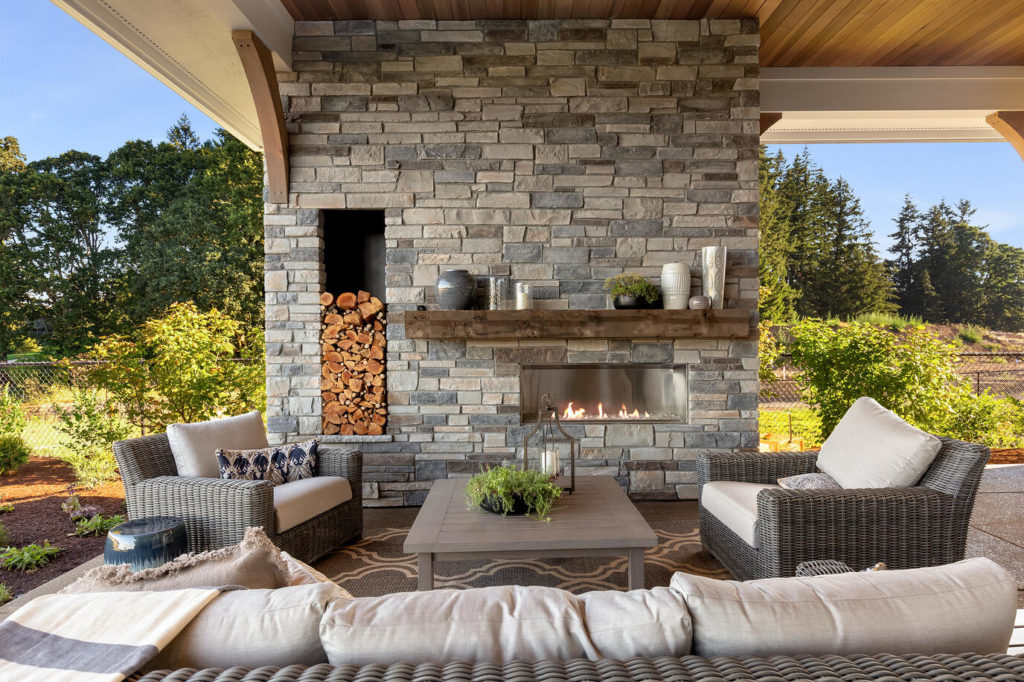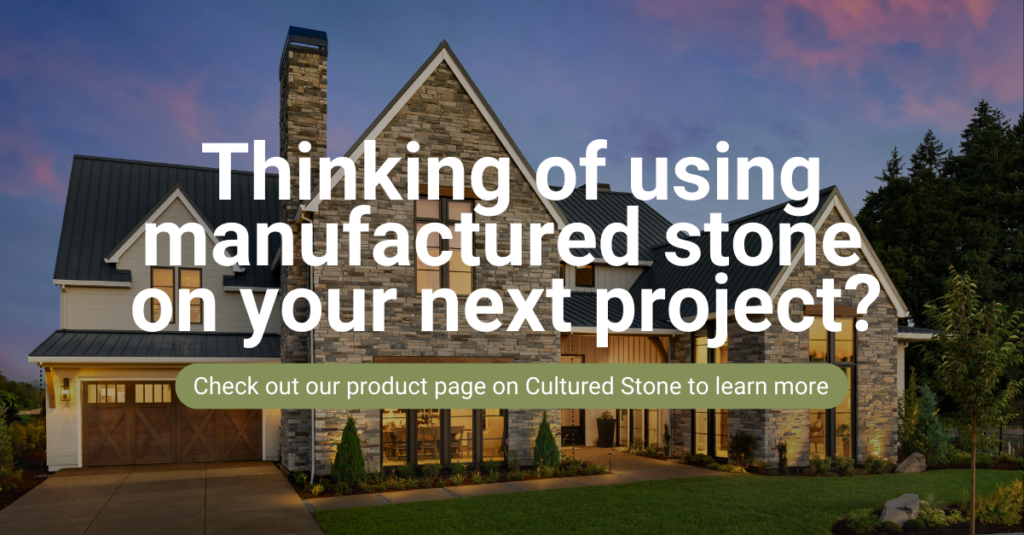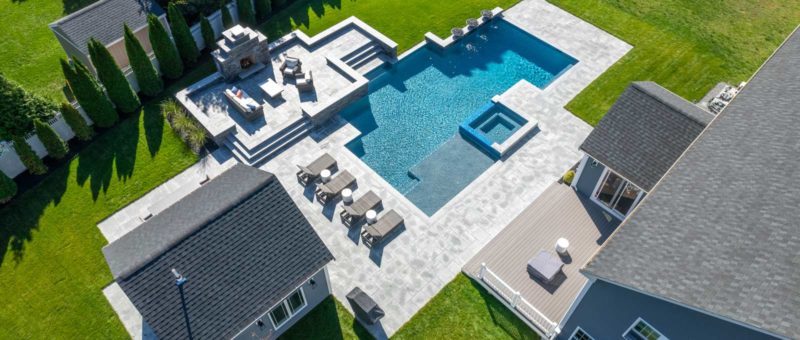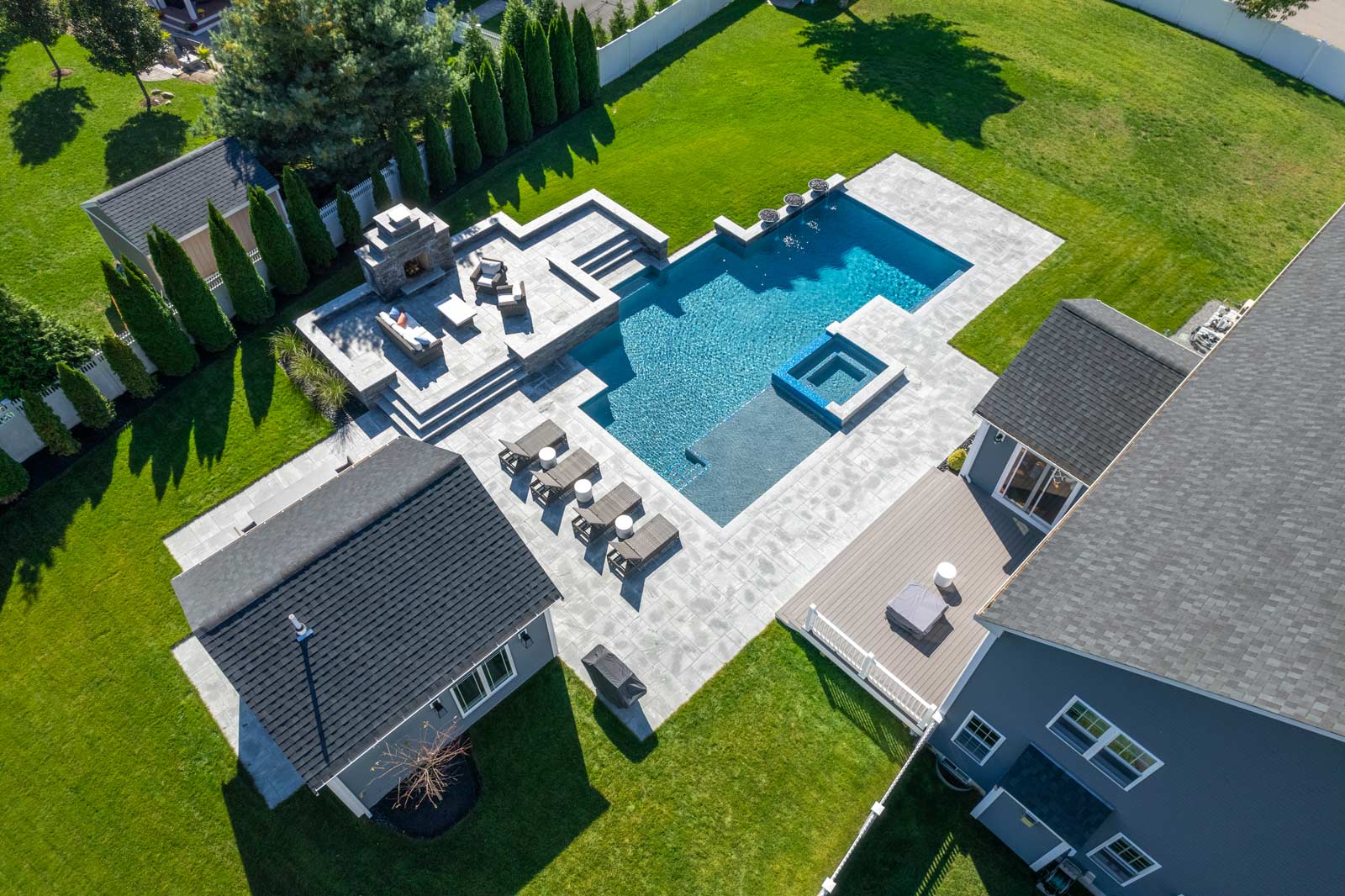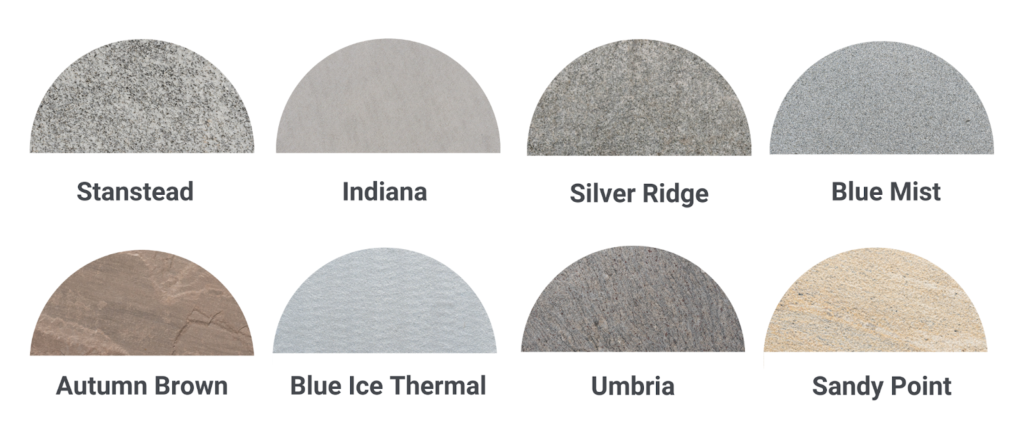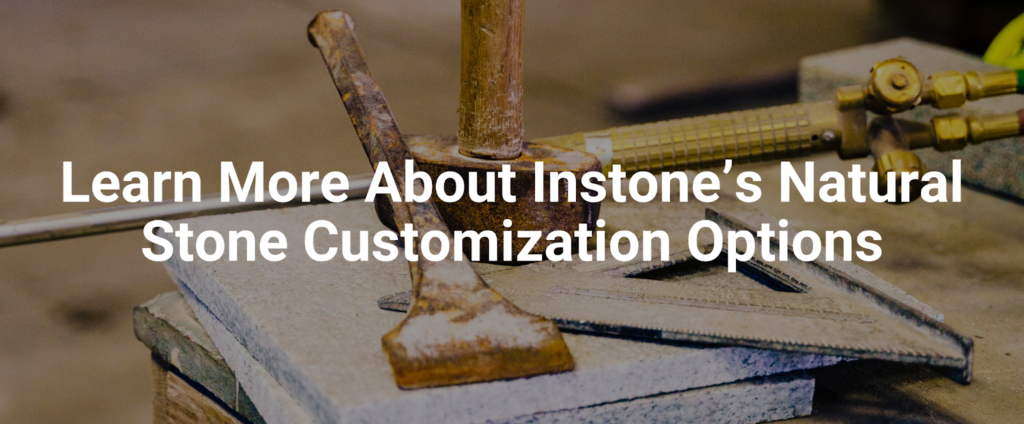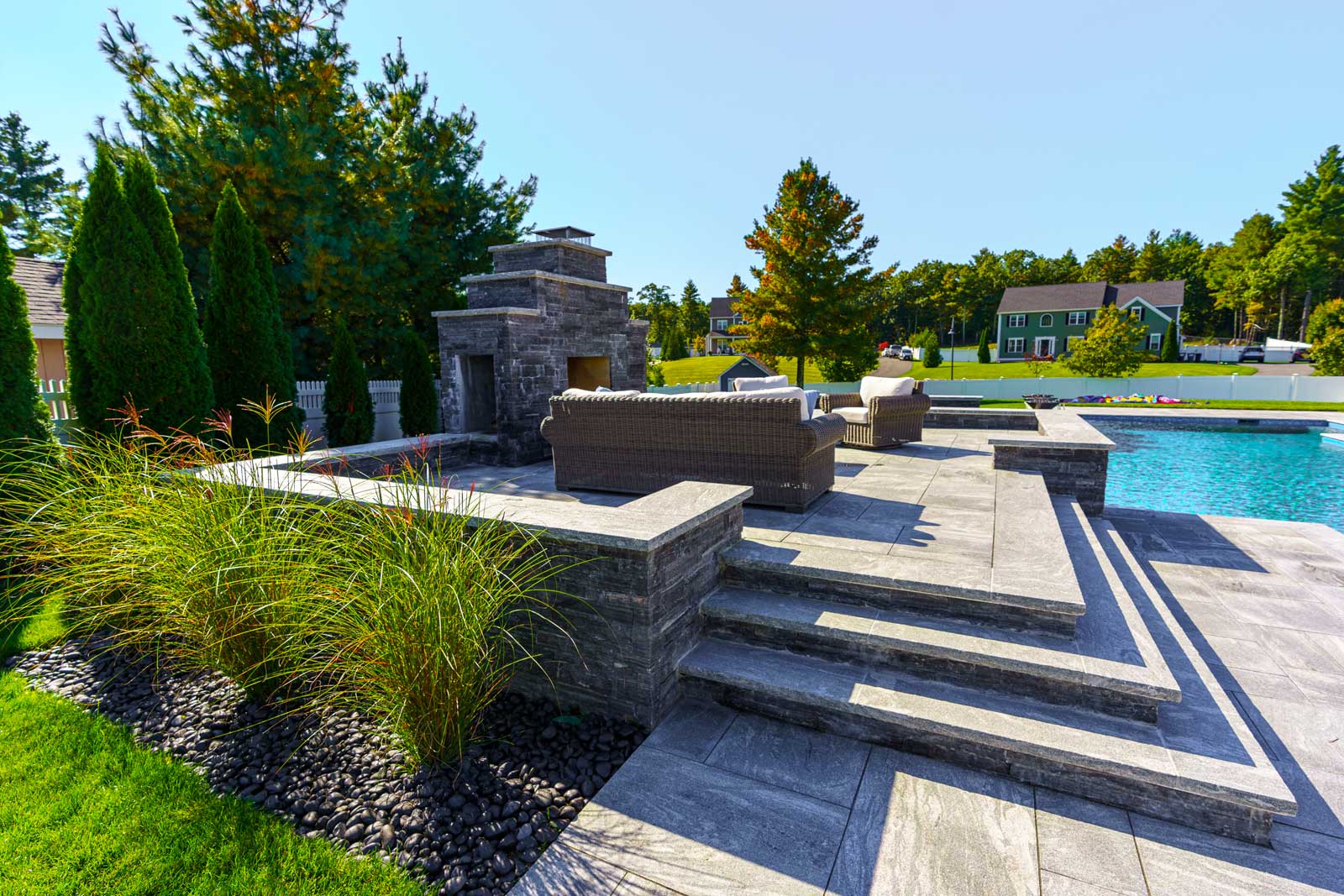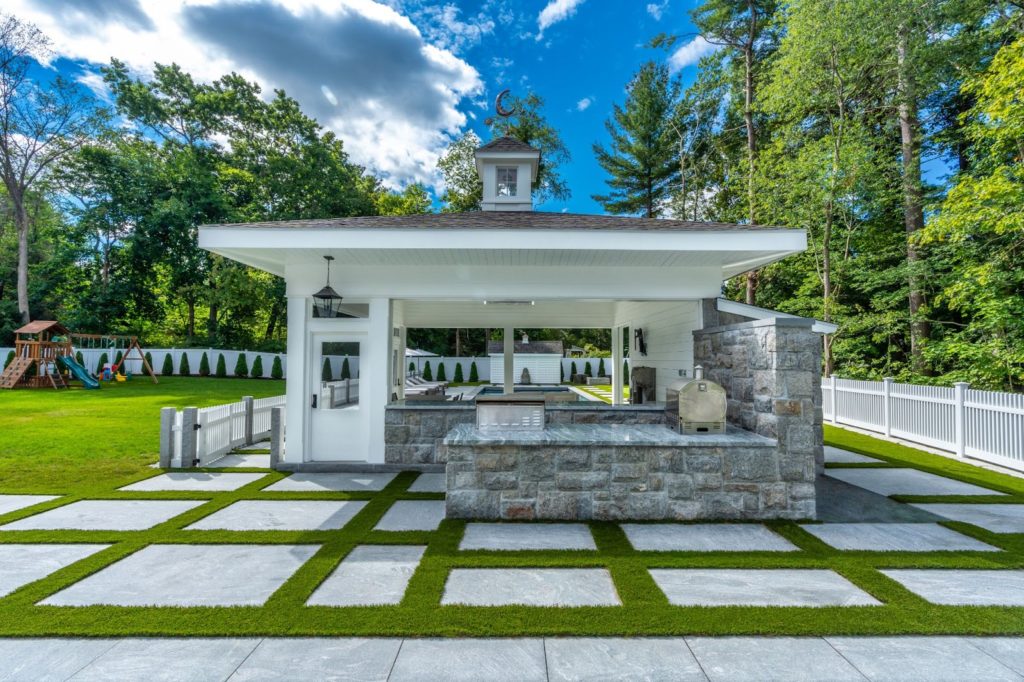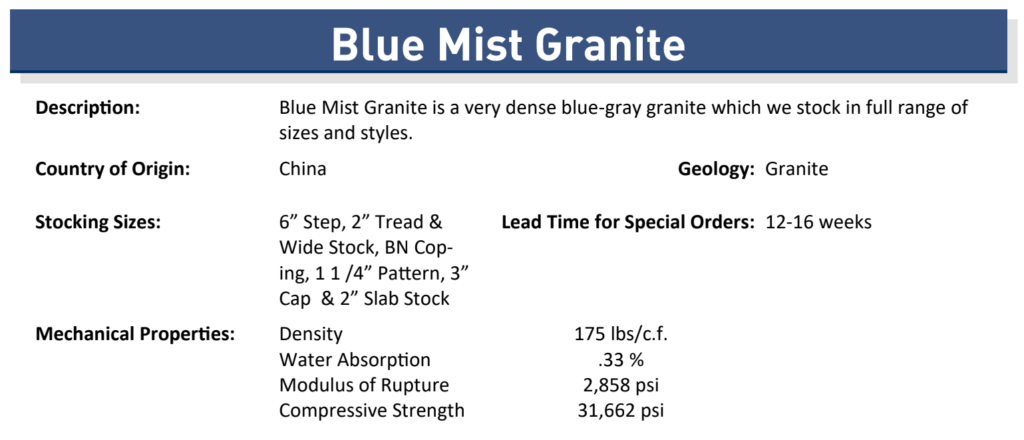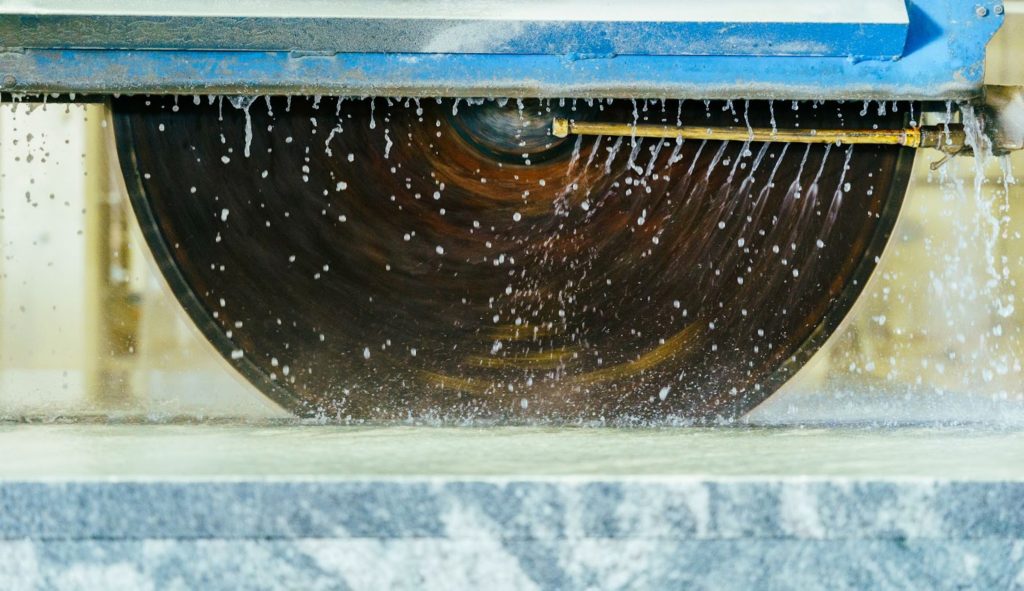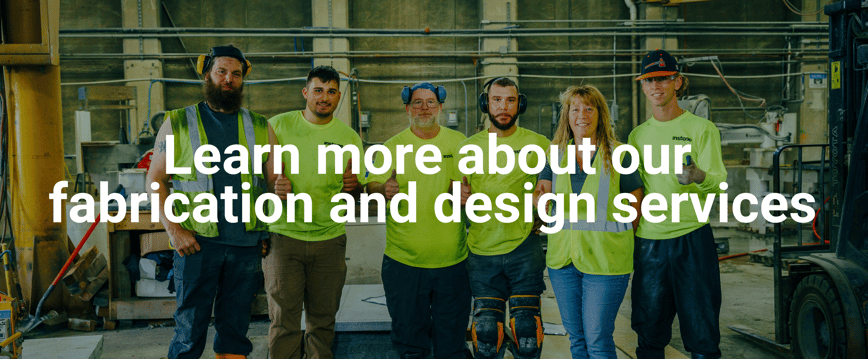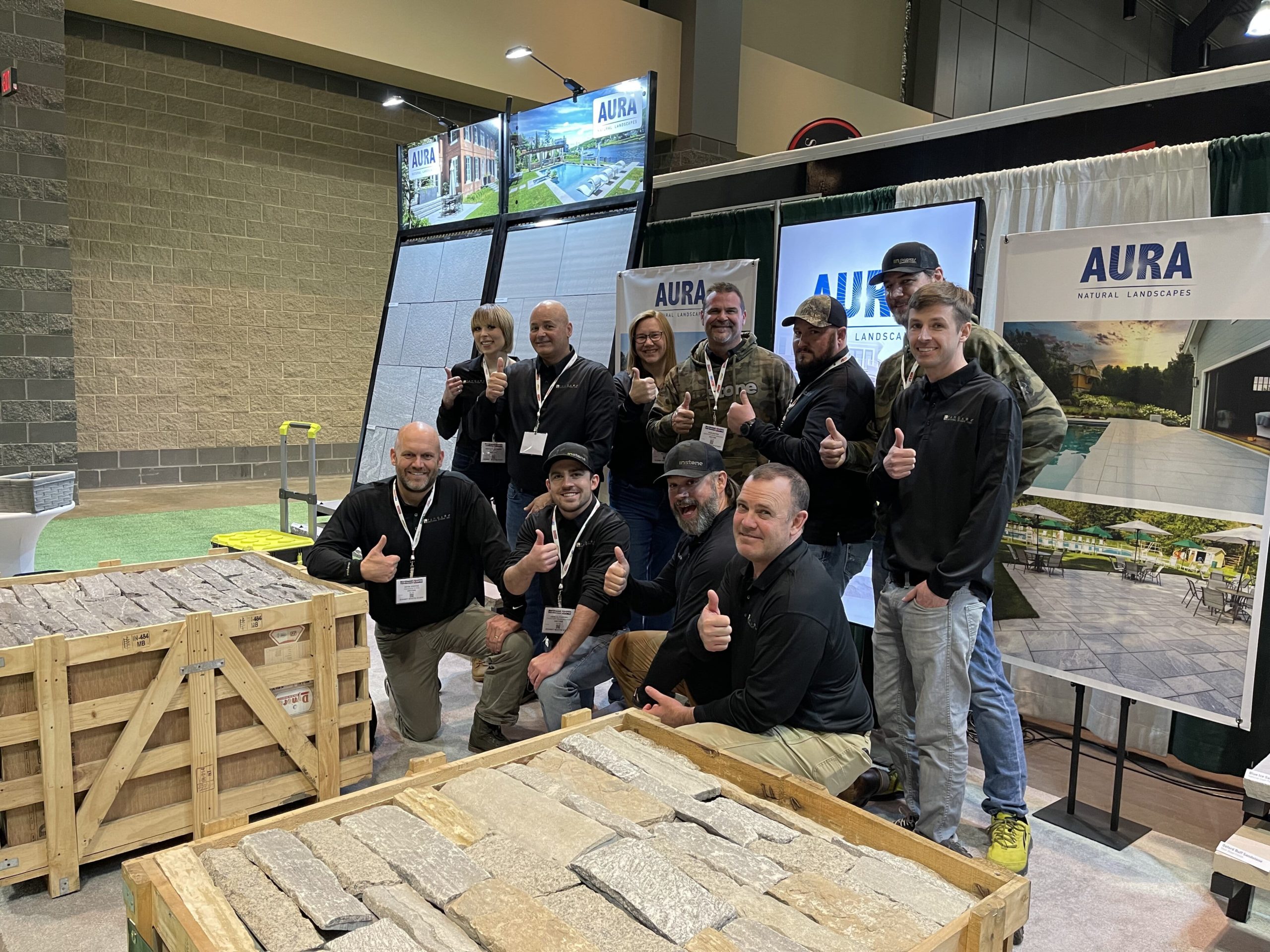
7 Ways Instone Makes It Easy for Dealers to Succeed
Published:
Last Updated:
Author:
“We Make It Easy” isn’t just our motto, it’s the very foundation that Instone was built on. But we’re going to let you in on a little secret – making it easy for our dealers to get the products they need for their customers faster than other outlets isn’t actually easy. We’ve spent the past 30 years building a nationwide network of warehouses and distribution centers, creating a digital system for faster service, and helping dealers build their businesses.
For the first time, our Chief Operating and Marketing Officer Rob McKay shares the secrets behind Instone’s success in delivering for our dealers – and their customers.
Secret #1. What You Need When You Need It
It all started in the mid-1980s when Instone founder Gordon Strout started buying Cultured Stone and realized how difficult it was to get it from where it was manufactured in California to the East Coast. He designed a truck routing system that’s still in place to this day.
“The dealers tell us what they want, and we get it to them,” says McKay. “That way, they’re not sitting on inventory, taking up space, and tying up cash. They just buy what they need when they need it,”
The route trucks take the guesswork out of deliveries with pre-scheduled weekly lanes servicing customers from Instone’s distribution centers. Dealers get their product within days, not weeks.
Secret #2. What You See Is What We’ve Got
Every company these days has a website. But it’s what’s on Instone’s website that makes the difference: inventory information.
“We show our inventory availability without having to log in. So, when a sales rep gets a request from a customer, they can look at our website and see what we have in stock. They can order it today and get it tomorrow. It’s super easy,” says McKay.
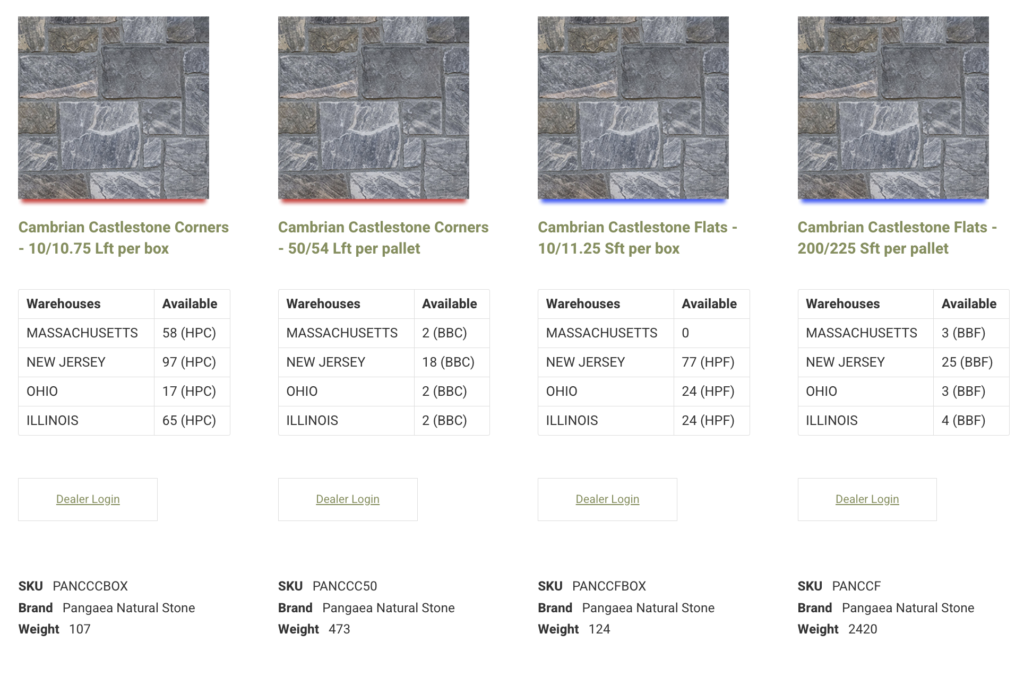
And an upcoming site update will tell dealers when the next shipment of a particular product is coming in. “If we don’t have enough of something in stock that day, you will know when we will,” he says.
Secret #3. A Digital Organization System
We know that the faster a dealer can get a product, the quicker an entire project can go. That comes down to knowing where the product is in the first place. And that’s why all of Instone’s products are barcoded and entered into a digital system.
“We can put anything anywhere, and the system will tell us where it is,” says McKay. “We can utilize space differently and store more materials and diverse products to serve our customers better.”
Nothing is more annoying than wasting time looking for something, other than not finding it at all. And companies without a robust digital system like Instone’s run the risk of losing track of what they have, where it is, making it impossible to get it to you.
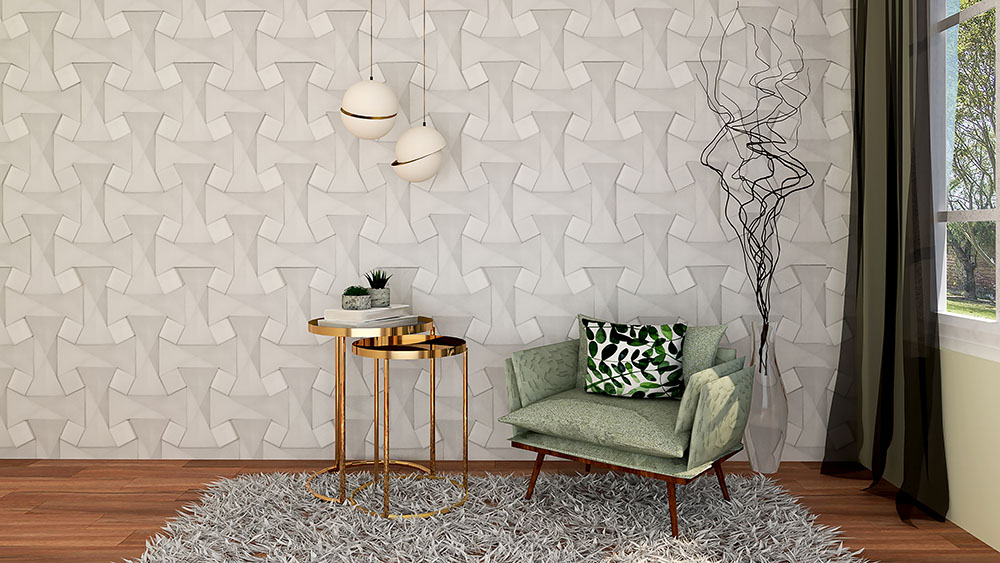

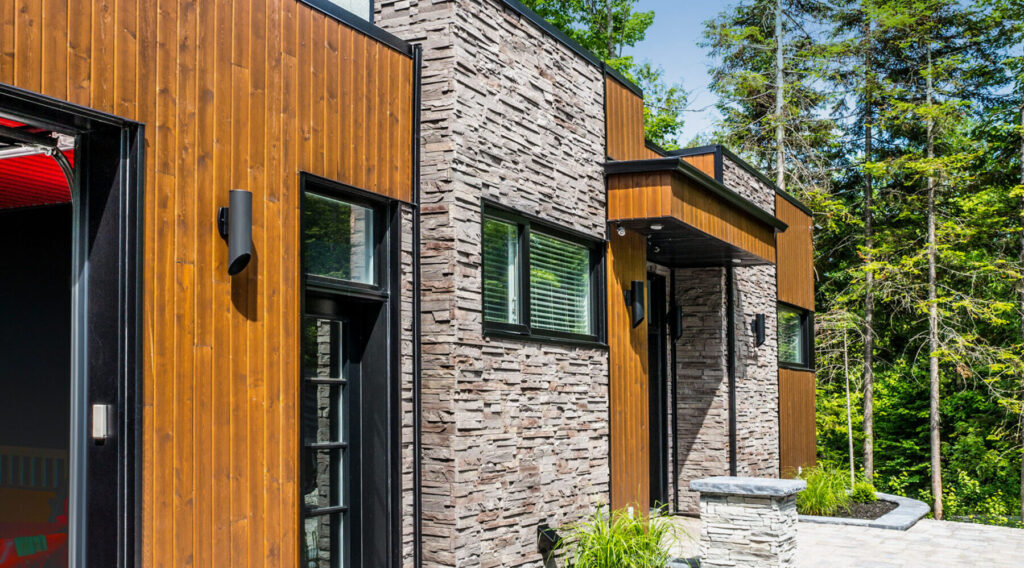
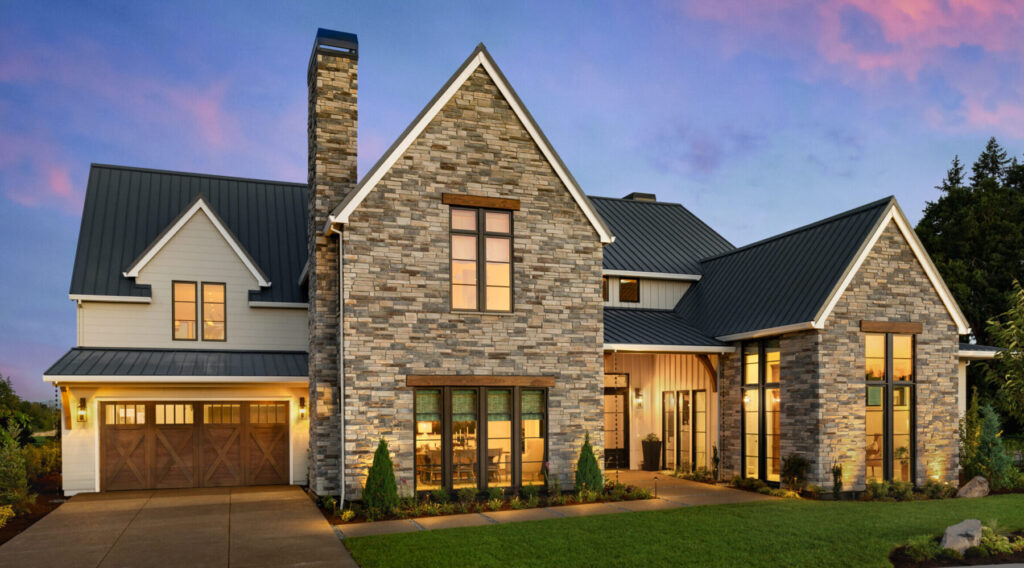
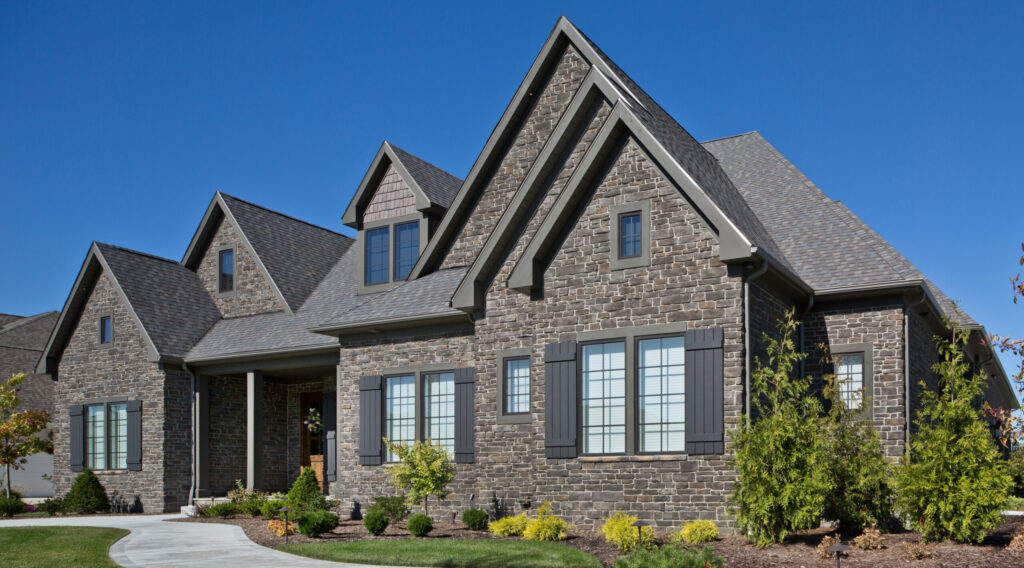
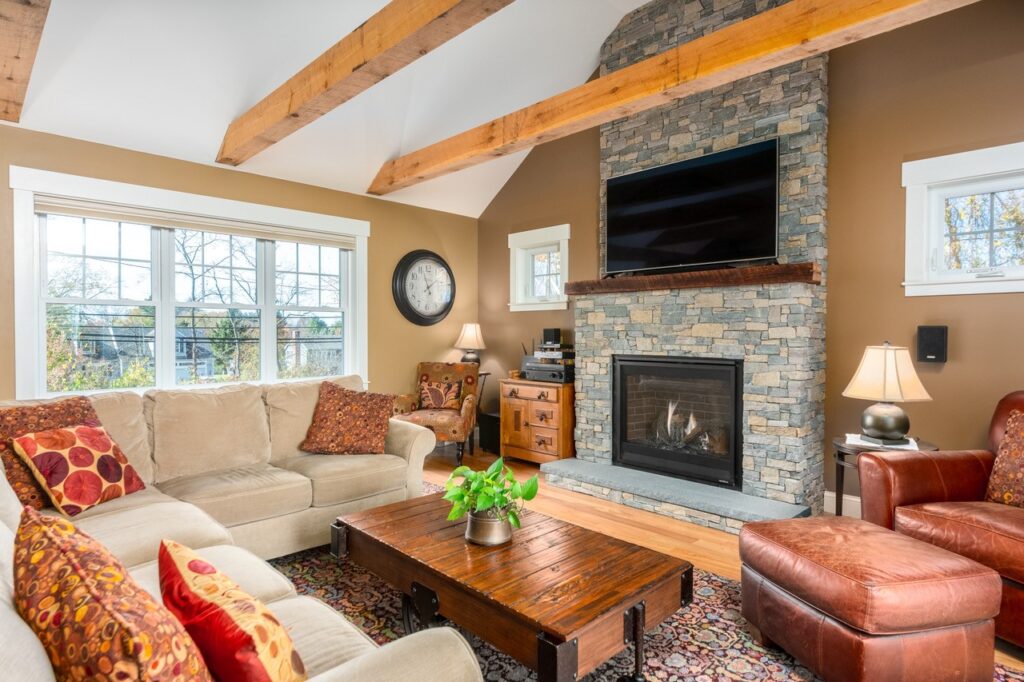
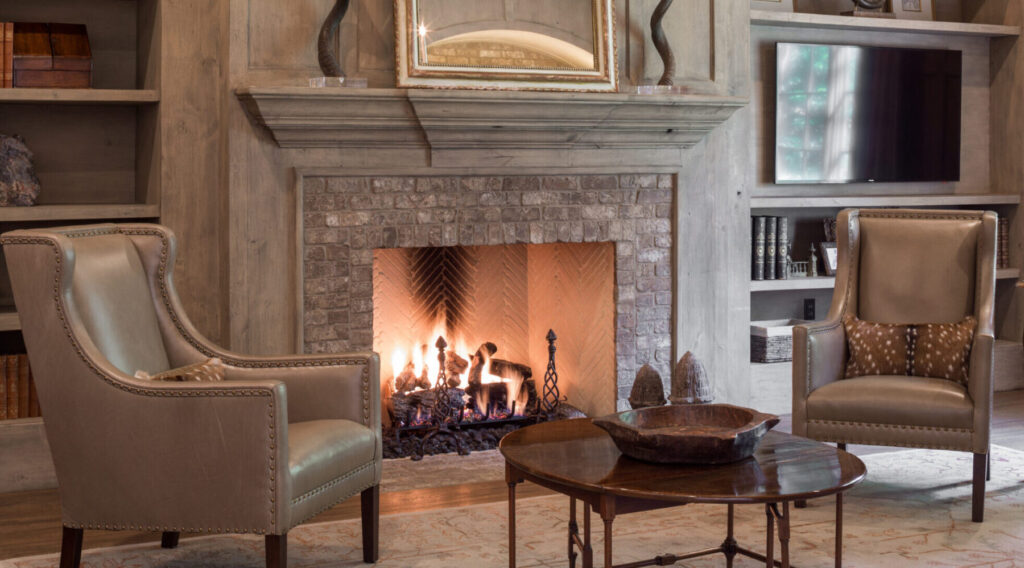
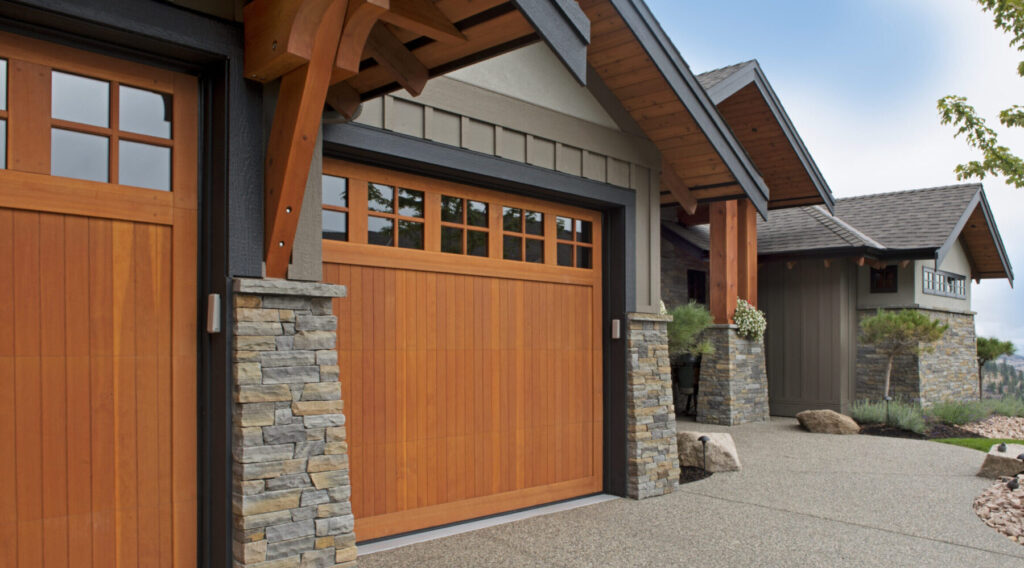
Secret #4. Offering Way More Than Thin Veneer
As a product fulfillment company, inventory in multiple locations across the service area is key for fast delivery. Instone recently expanded the number of its warehouses by acquiring sites in the Ohio and New England areas to allow for more diversification of products.
“We started as a strictly thin veneer company. Now we’ve become more valuable to our dealers by having a broader offering of products,” says McKay. “And we’re always looking for new products within those product lines and the next big product itself.”
Secret #5. Information At Your Fingertips
Instone is proud to offer support that goes the extra mile to dealers. One of the ways we do that is through the information we include on our website.
“The dealers don’t have to be experts on every product,” says McKay. “They can sit at the counter, have our website up and know everything there is to know about the product. They have all the technical information and what’s in stock.”
We know that if people don’t feel knowledgeable about a product, they can’t sell it. “You can feel comfortable selling our products compared to other products that you’re not as familiar with and shy away from. We’ll make you look like a stud!”
Secret #6. Here to Help You Sell More
We believe customer service isn’t just about getting the dealer what they need; we want to help them build their business. Our competitors have a lot of inventory, but it’s just a pile of goods and that’s it. We’re here to provide any training, education, or support that you need to take your business to the next level.
“We want to help dealers sell the product,” says McKay. “We want to educate them so they can get more business. We want to bring them leads, get them involved and trained. We’re always doing training sessions. Our sales team partners with the manufacturers. We want to ensure everyone who comes in contact with the product is comfortable knowing how to sell it.”
McKay says the next step is teaching the businesses we work with to market themselves. A lot of these businesses have been family-owned for decades, and the dealers are great at what they do. But they’re not marketers. They want to do more, but they don’t know how. We’re here to teach them how to do marketing so they can grow their business.
Secret #7. We’re Not All Business
The Instone team enjoys coming to work because of the environment we’ve created.
“We’re very inclusive, and we treat everyone like a winner,” says McKay, who stresses that we value everyone’s ideas because we’re all part of the team. Even the idea for our brand of beer came from an employee. “That came from one of our customer service reps. He said, ‘Hey man, we should have a beer!” And we made it happen.”
This attitude includes how we interact with dealers and customers.
“We have an openness here, and that makes people relaxed. They can be real. But we’re all working our tails off!” says McKay, who adds the company has a “Work Hard, Play Hard” approach.
Starting the job right sets the tone for success.
With Be.on Stone®`s mechanically fastened veneer panel, you`ll see incredible changes in just a few hours.
Have you missed any episodes of our IBD design show? Catch up on all the excitement and fun on our YouTube channel! 🎥✨
*
*
*
*
*
#stonesupplier #instone #instoneco #instoneteam #instonemakesiteasy #buildingproducts #funatwork

We work at Instone… of course we had to do this trend!😅
*
*
*
*
*
#stonesupplier #instone #instoneco #instoneteam #instonemakesiteasy #buildingproducts #funatwork

There’s nothing more natural than irregular flagging.
Jake Alicandro, Instone’s Territory Sales Manager, introduces you to irregular pavers and shares how they can be used to create unique patterns arranged in a variety of ways.
Dive into our Dealer Training series with Jake and our team of experts as we explore the stories behind different types of stones and uncover the beauty that lies beneath their surface.
Featured products: Blue Mist and Silver Ridge.
*
*
*
*
*
#instone #instoneco #instonemakesiteasy #auranaturallandscapes #naturalstone #naturalstoneveneer #outdoorliving #buildingproducts #instoneteam #masons #masonryproducts #stonemason #stonework

These guys from @indigital_media are the bomb!💣
A behind-the-scenes look at how we created our 2024 #InstoneBeer launch video. Tried it yet? Share your thoughts in the comments below!👇
PS: send us a DM if you have a project you`d like Instone’s video team to capture.
*
*
*
*
*
#instone #instoneco #indigital #videoproduction #buildingproducts #instonemakesiteasy #funatwork #instoneteam

I mean, look at this!
Truly believers, that what works doesn’t need to be changed. For more than 50 years, Cultured Stone® manufactured thin veneer has provided its users with process innovation and the development of quality manufactured stone veneer products to meet the latest design trends.
And the best part? It’s Rocky-approved!💪
*
*
*
*
*
#instone #instoneco #instoneteam #funatwork #stonesupplier #culturedstone #culturedstoneveneer #stoneveneer #fauxstone #manufacturedstone #contractors #builders #masonry #mason #stonemason #stonemasonry

“We like to have fun. We have lunches together, and celebrate birthdays and anniversaries. And we invite customers to sit in with us at meetings and offer feedback. Those relationships are important to us. That’s just who we are.”
Partnering with Instone means having access to all these benefits and more, giving you and your business the tools you need to grow. So why wait? Contact Instone today and see how easy we can make it for you to succeed.

